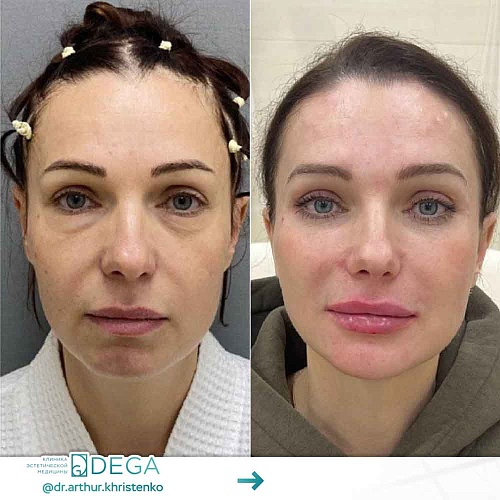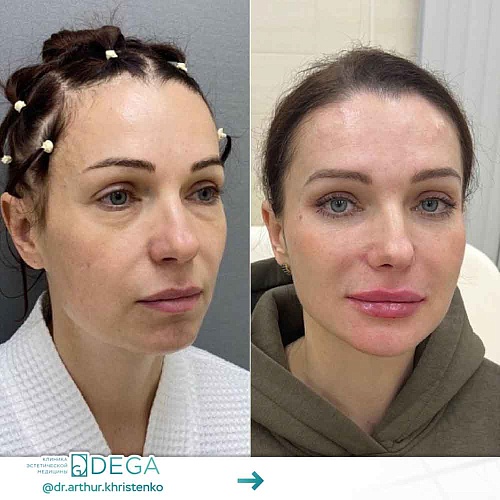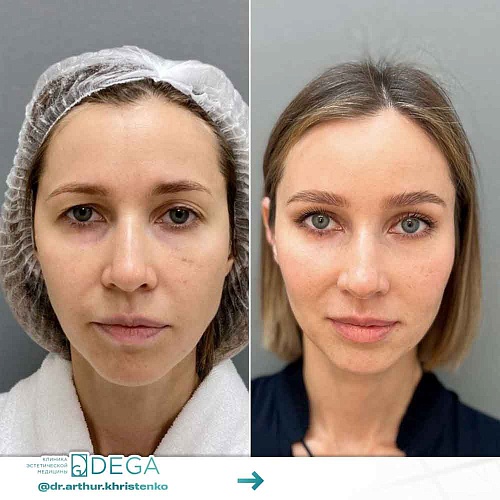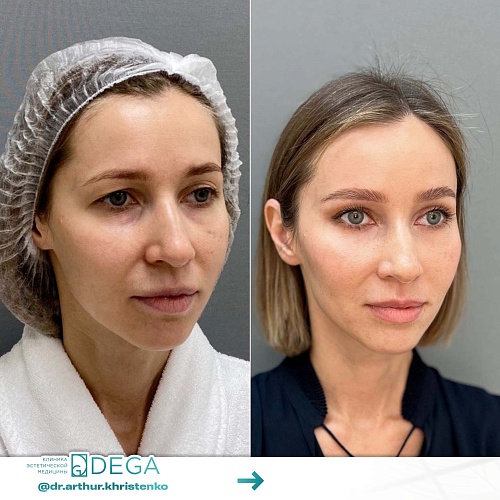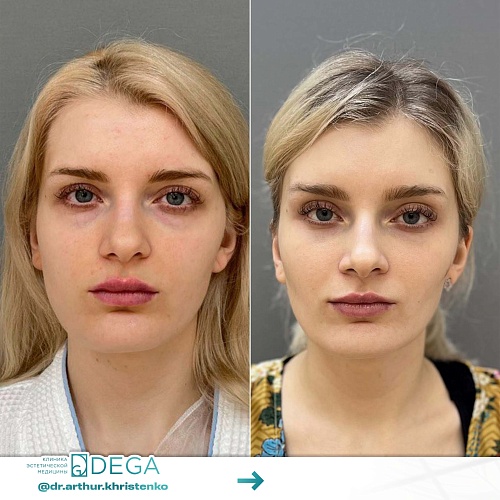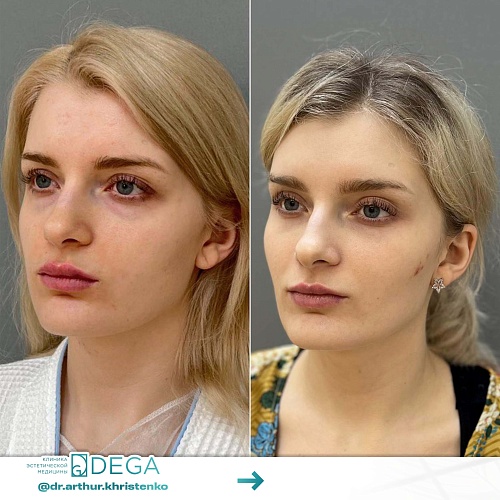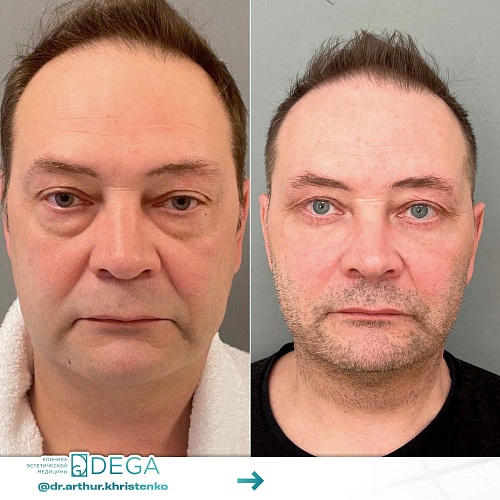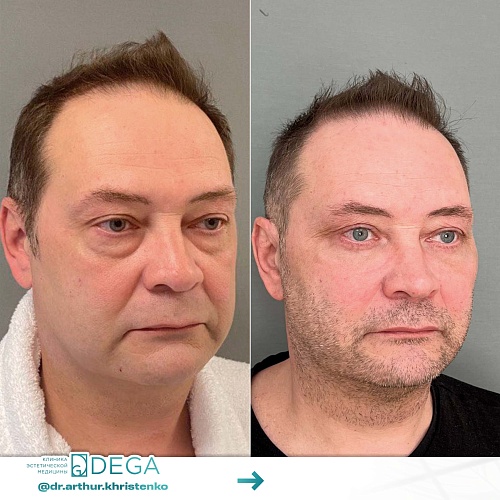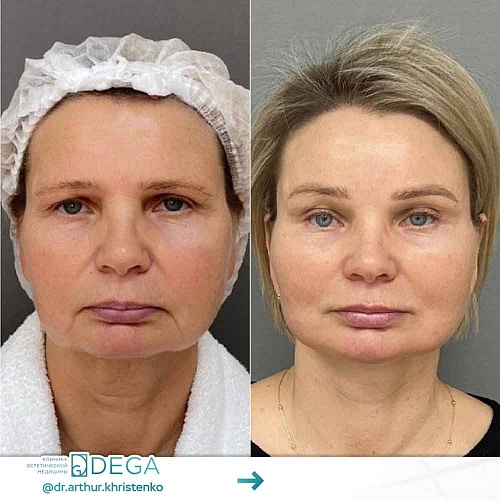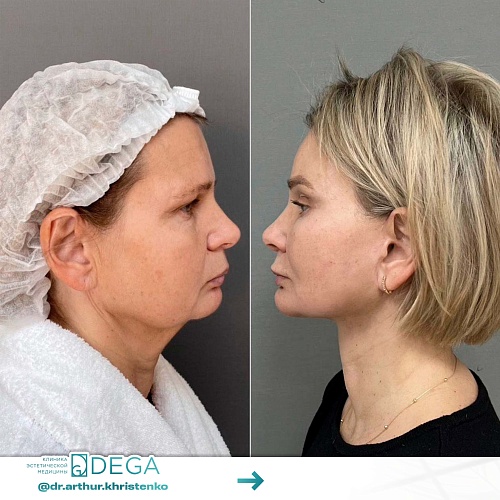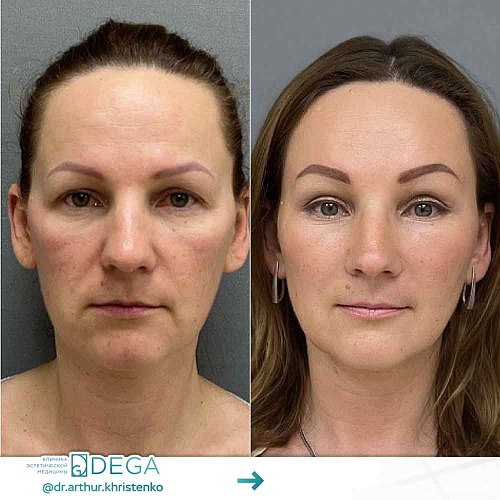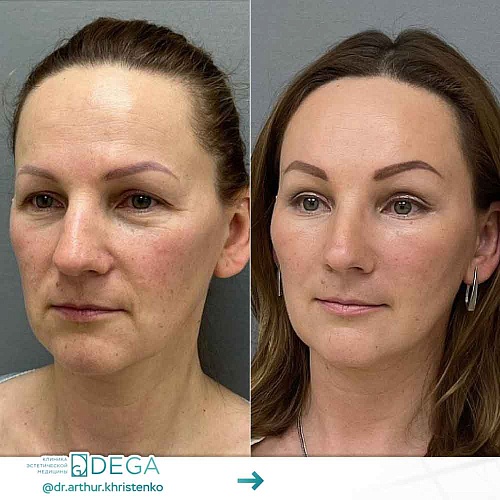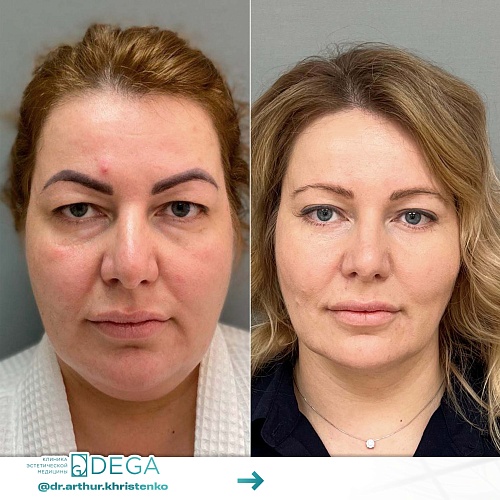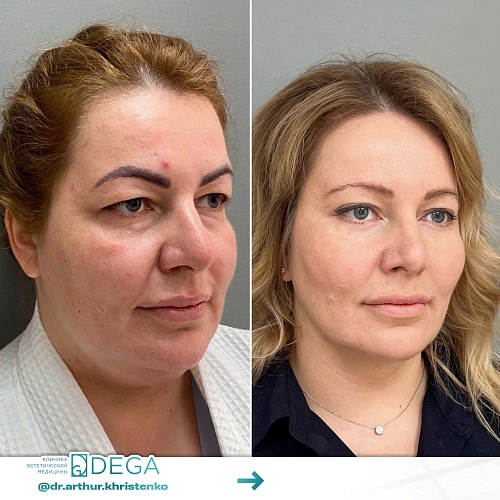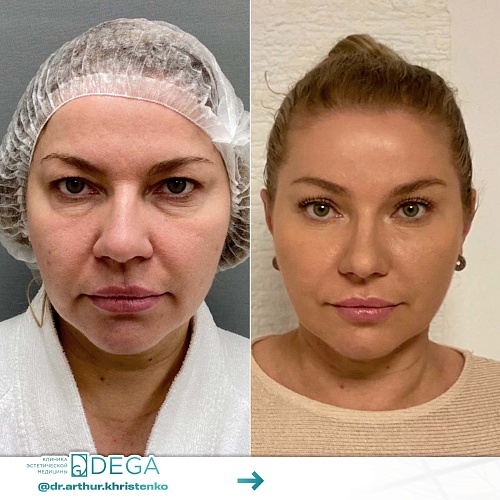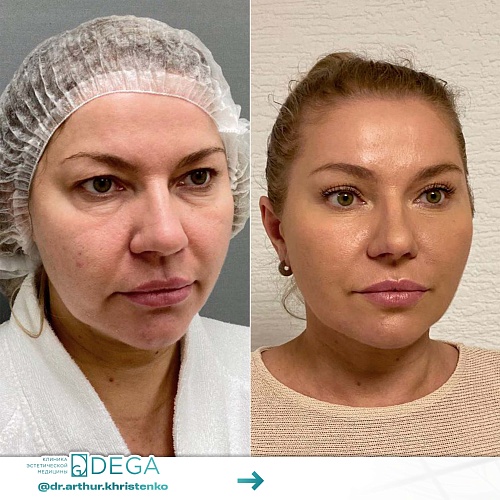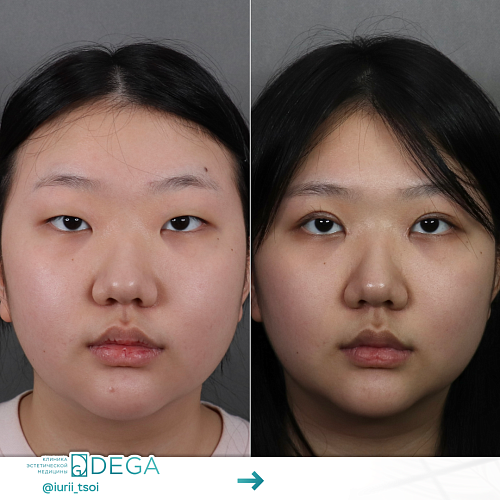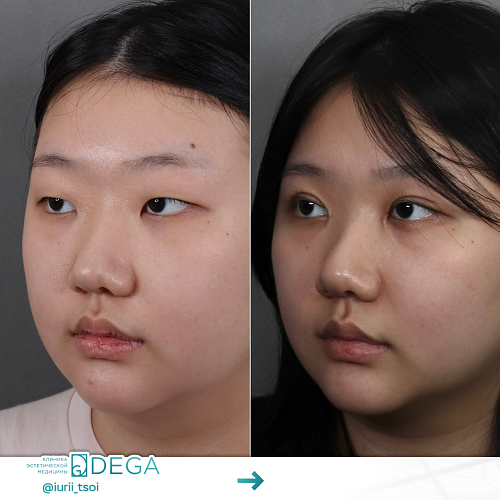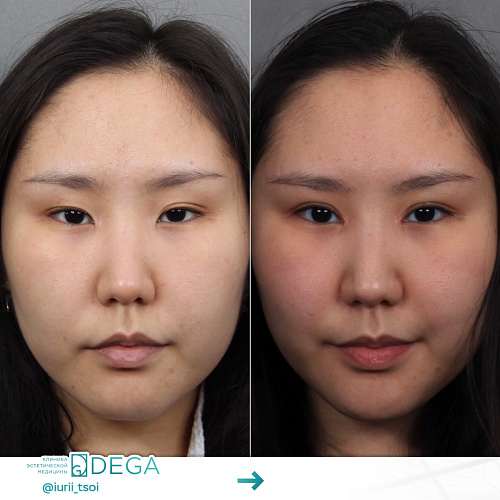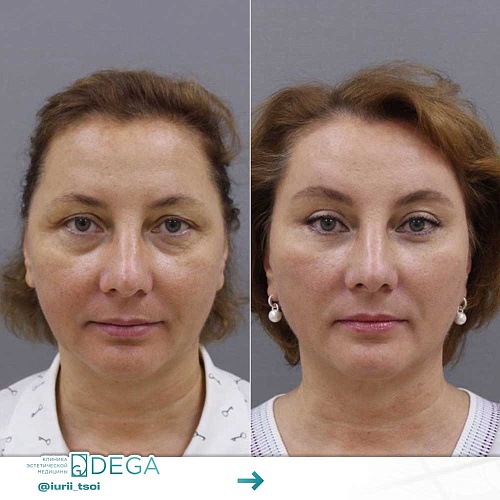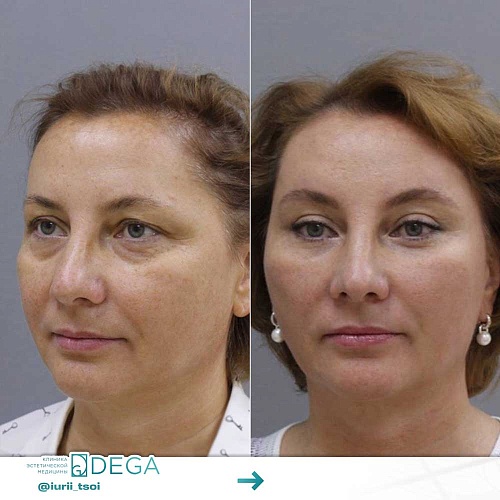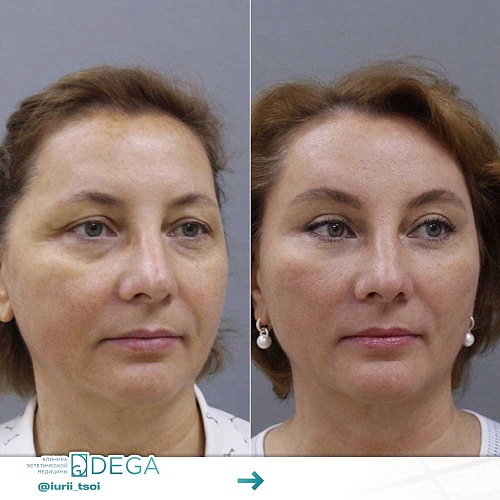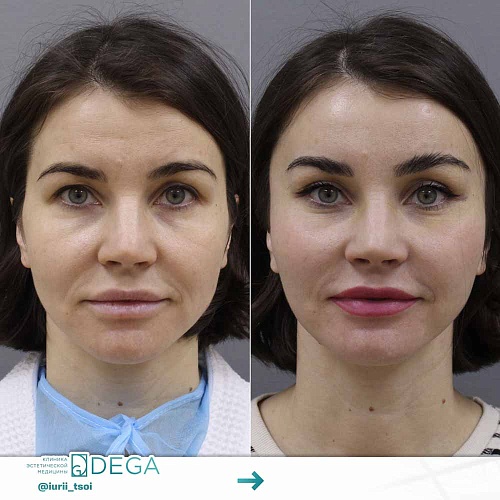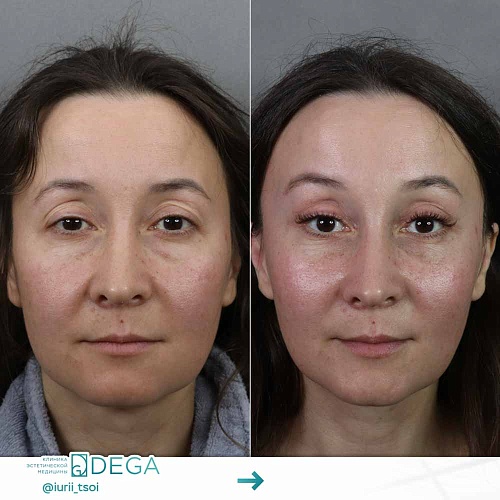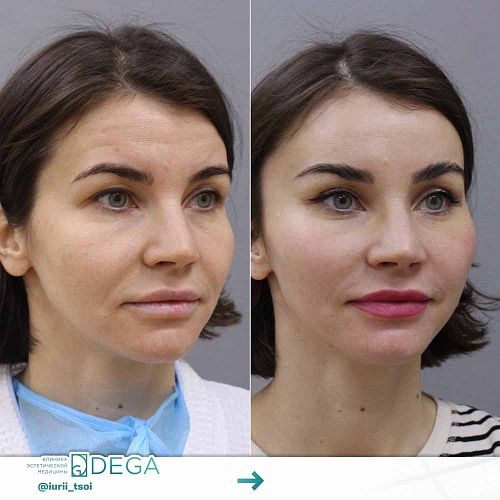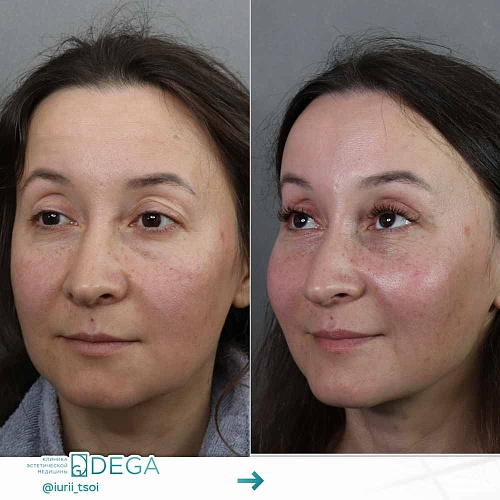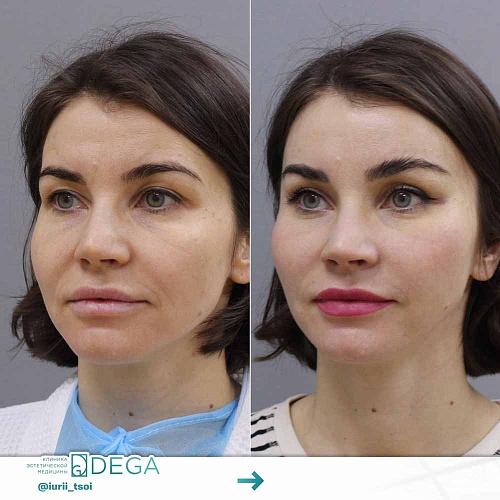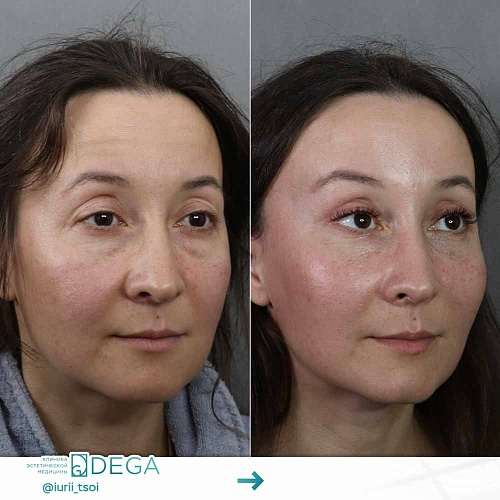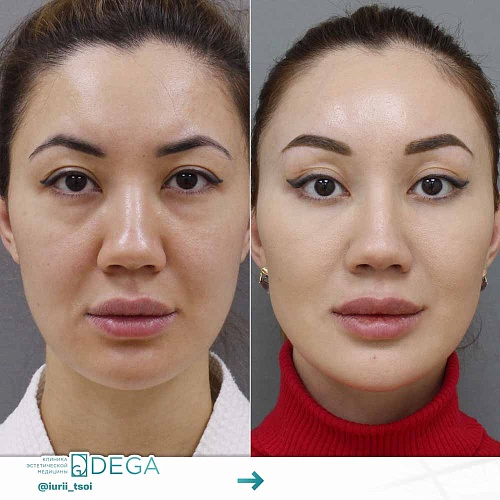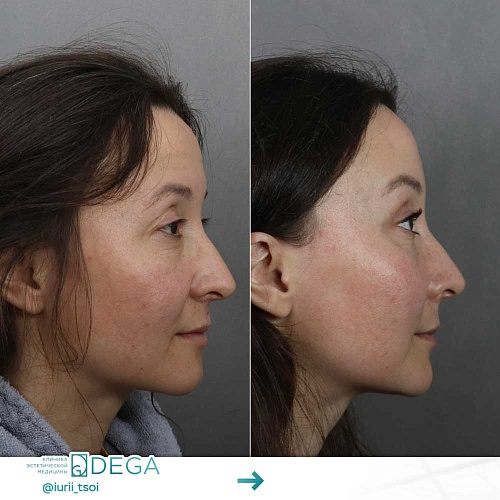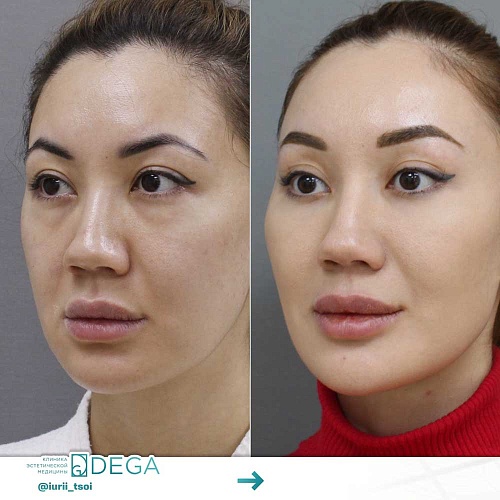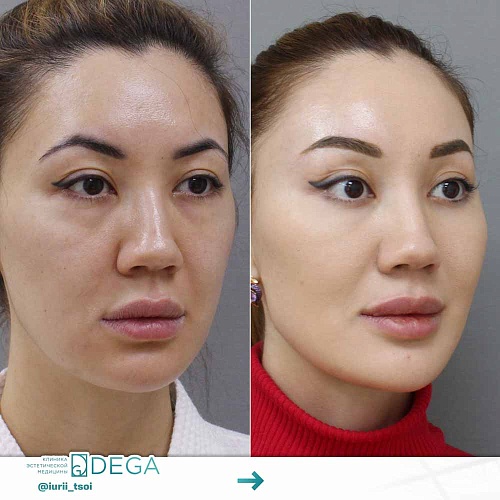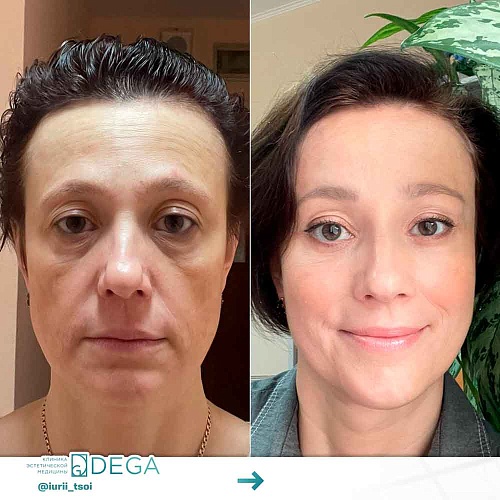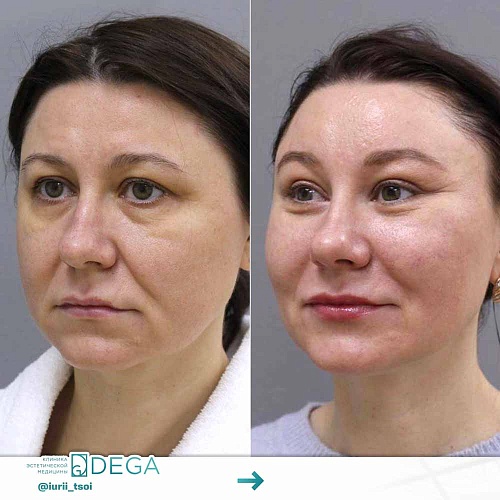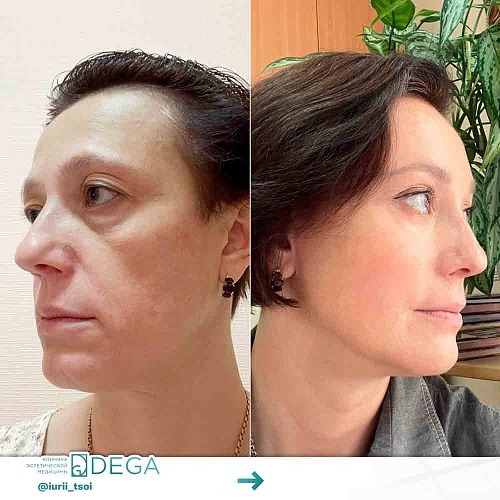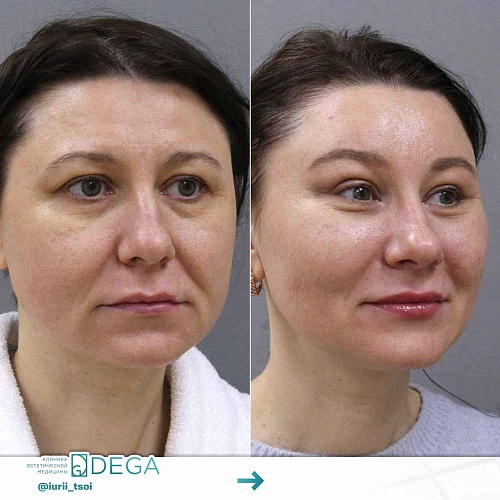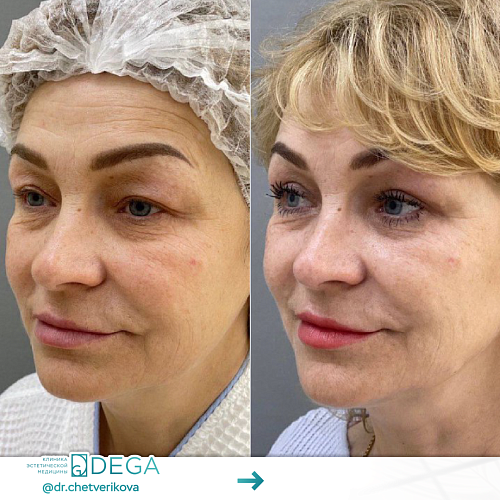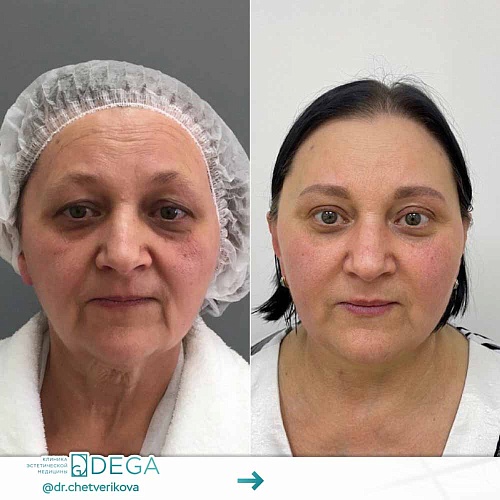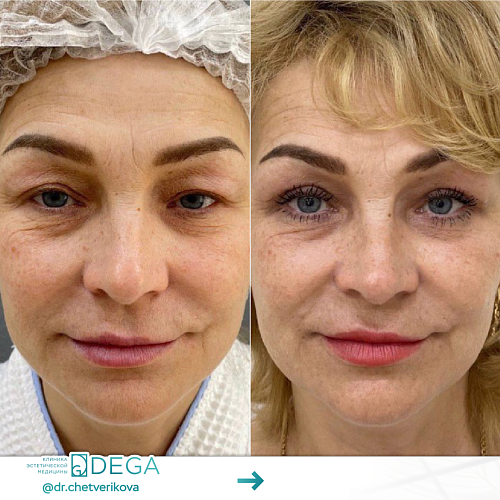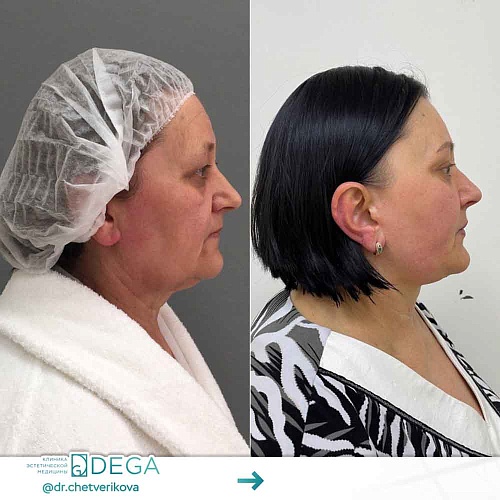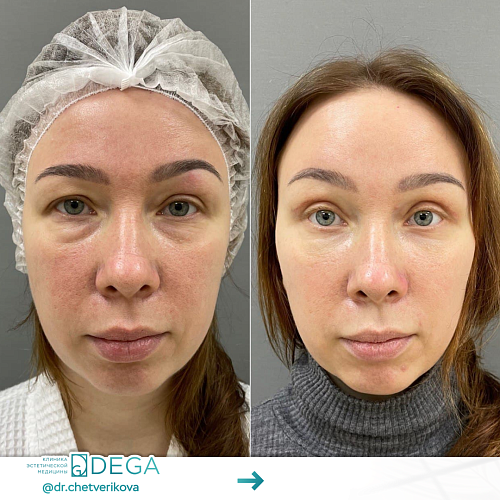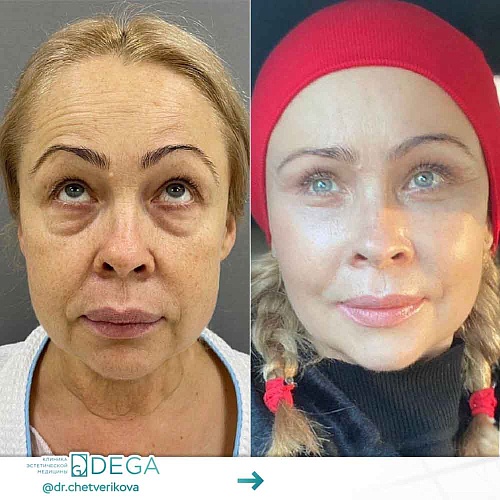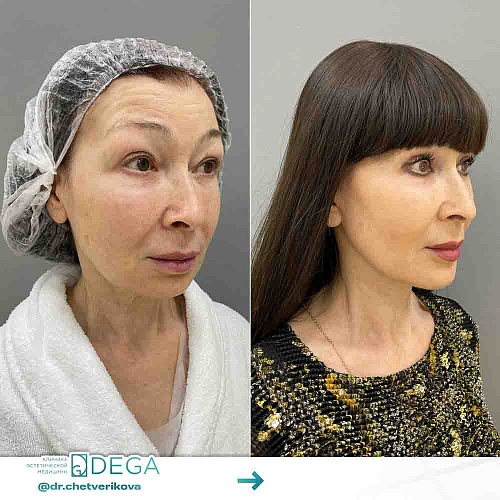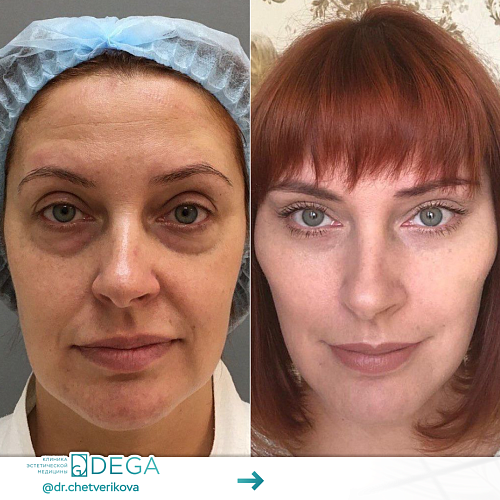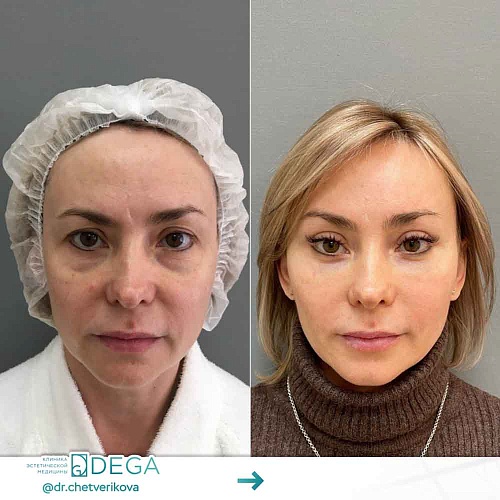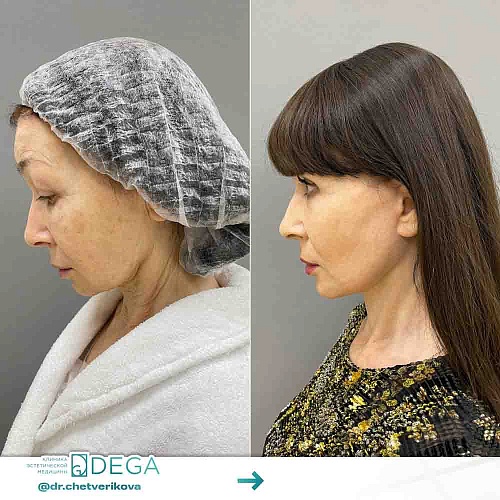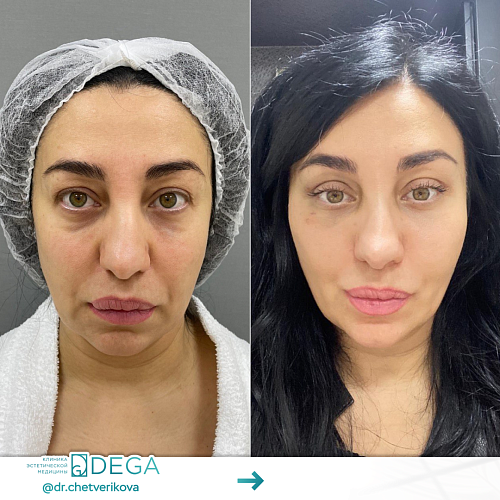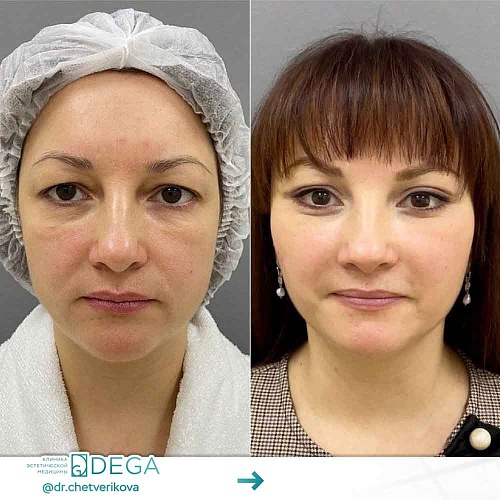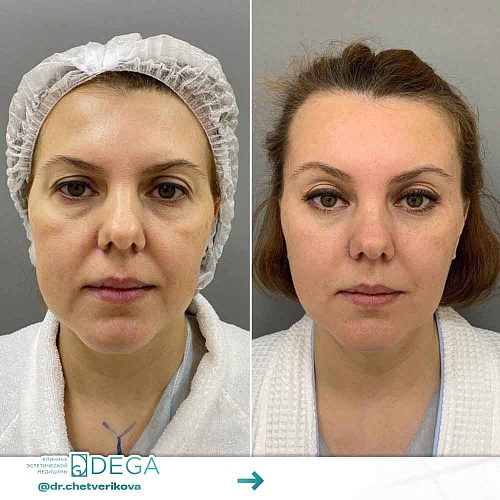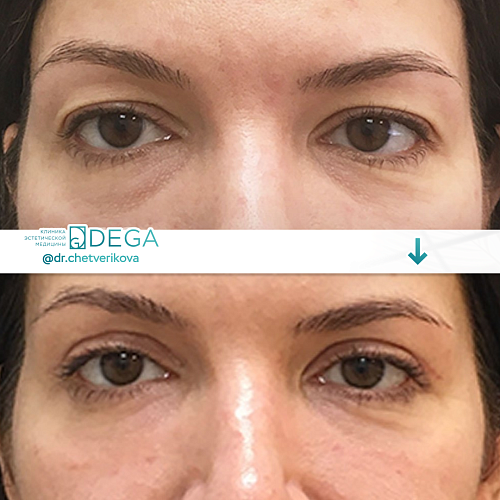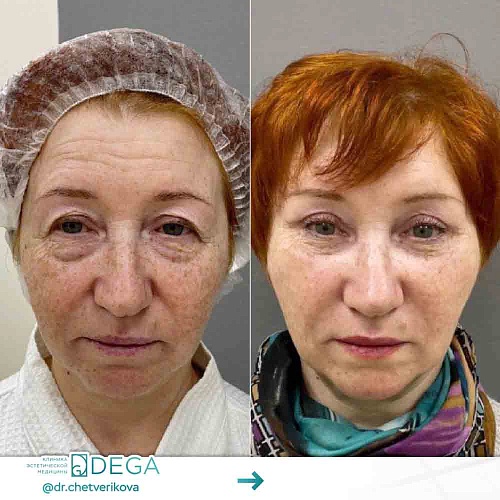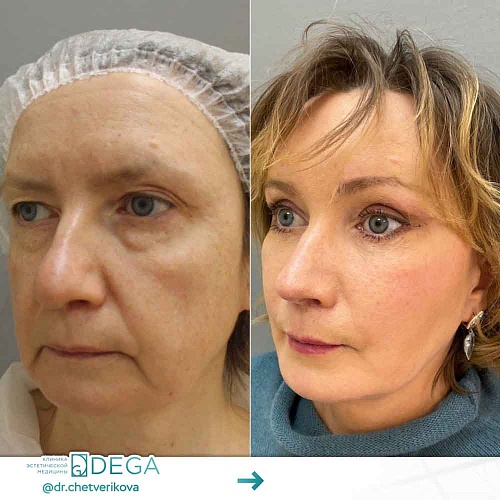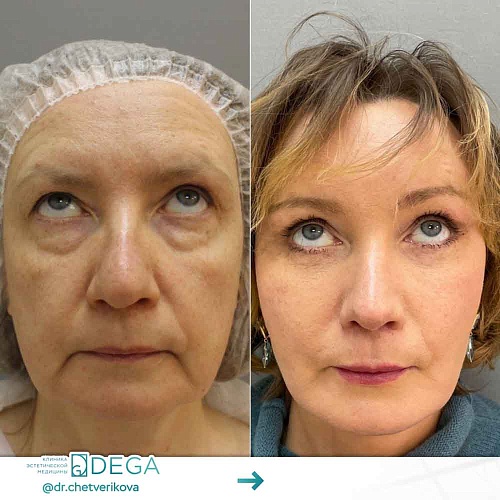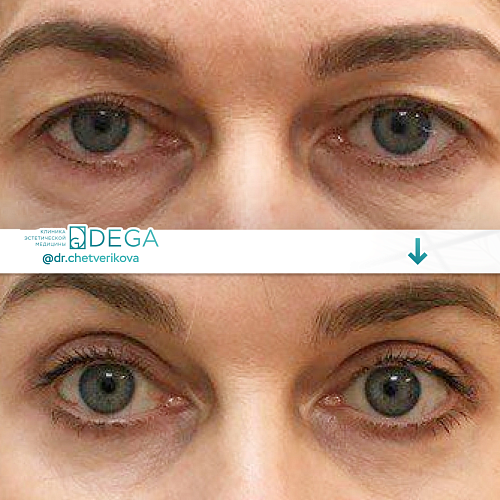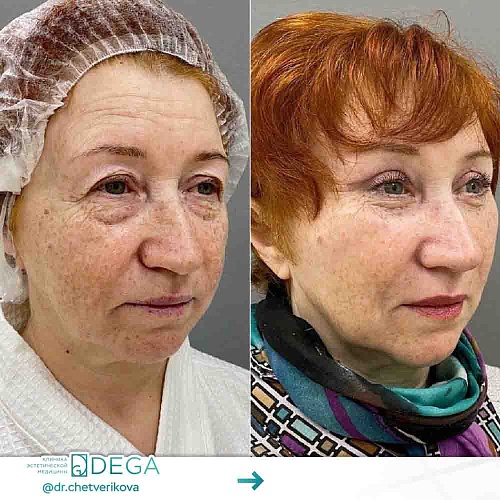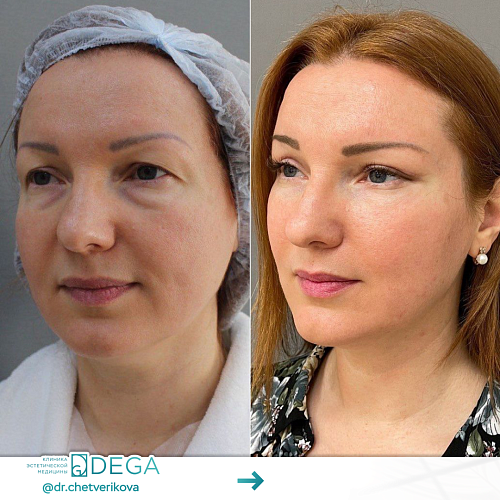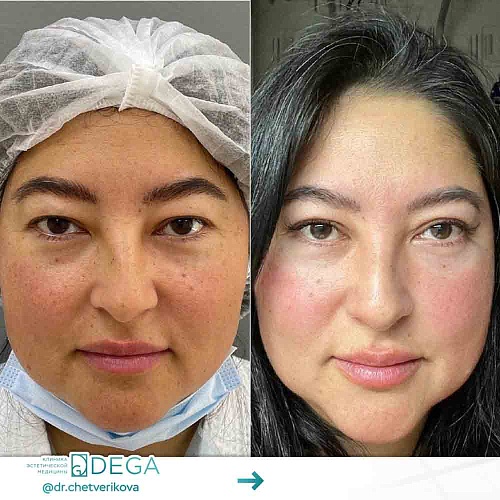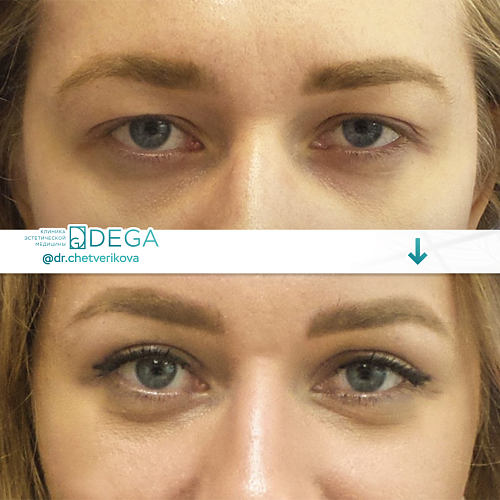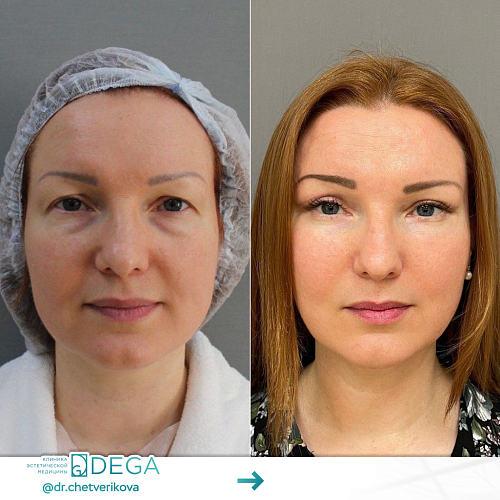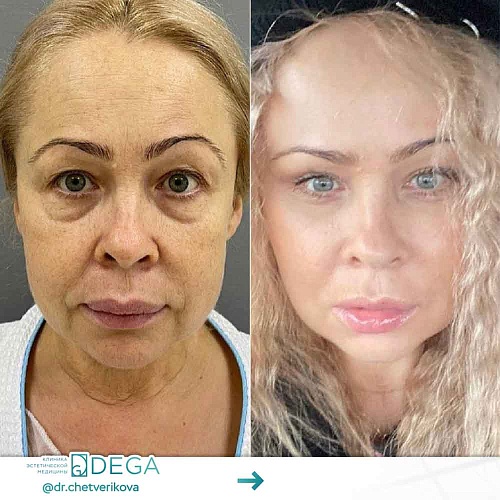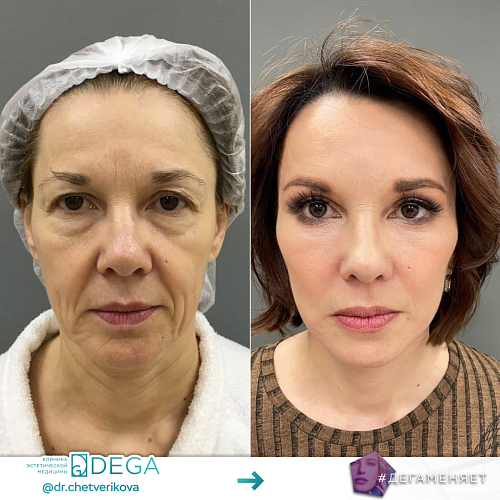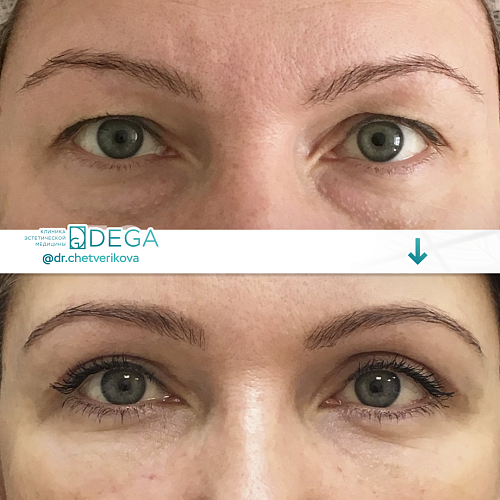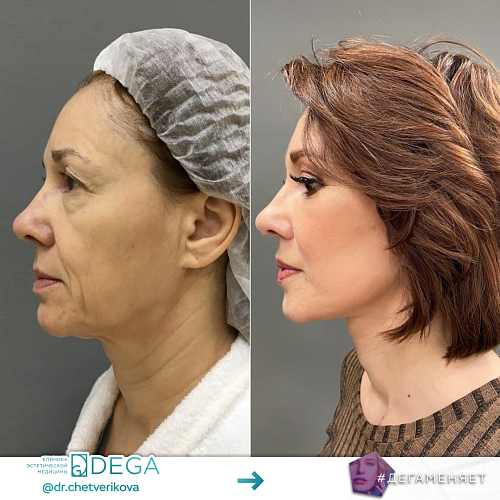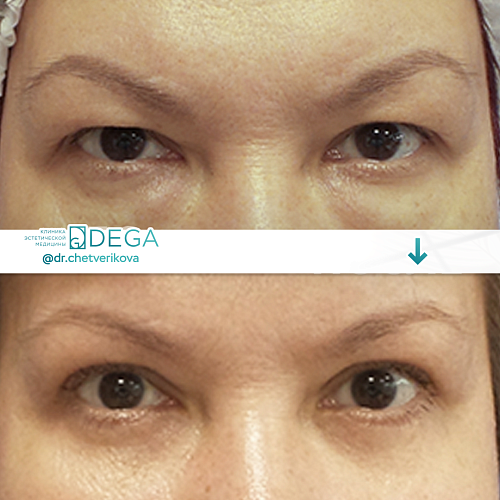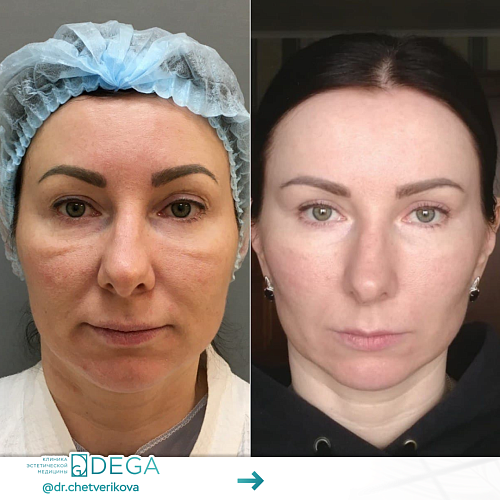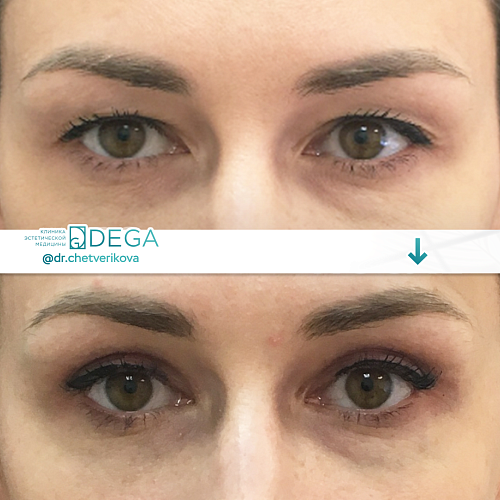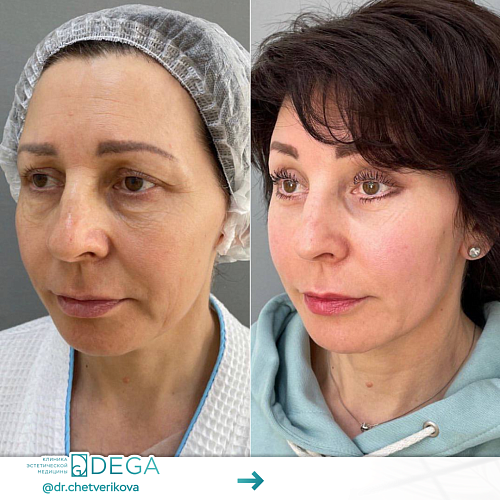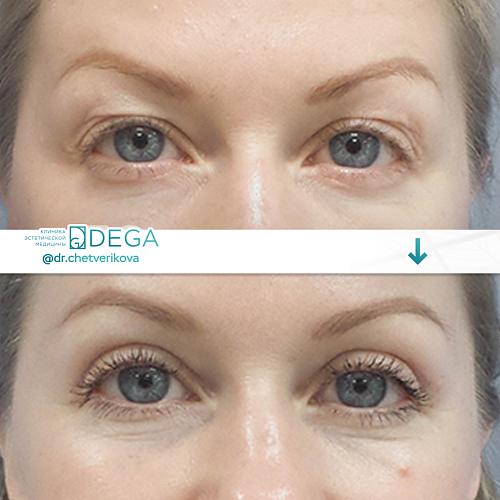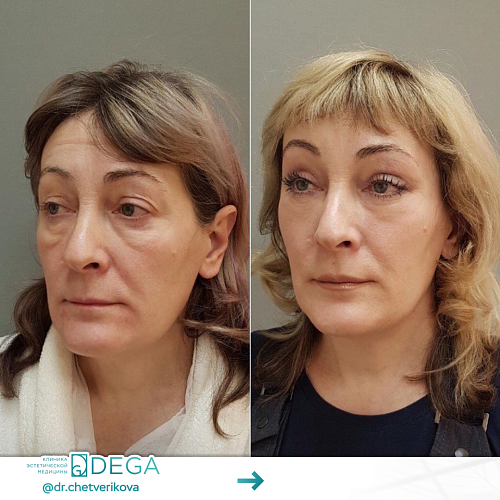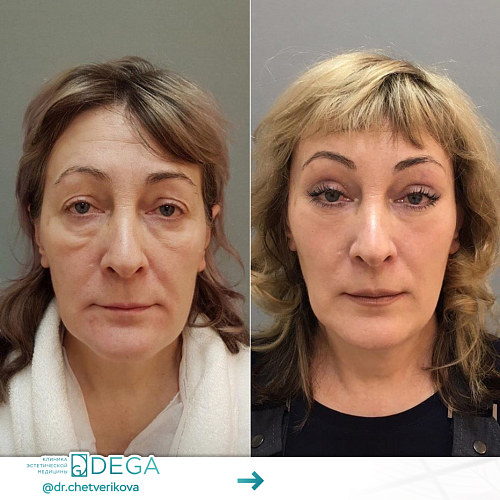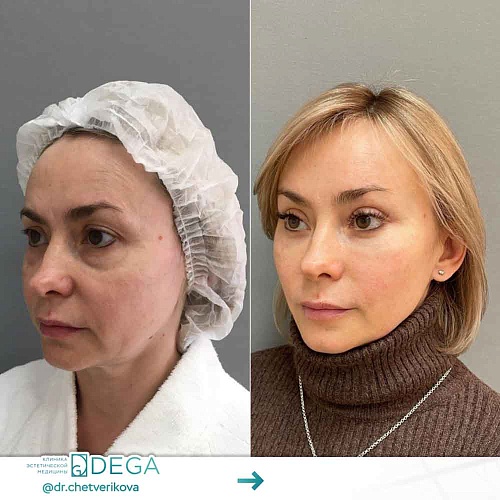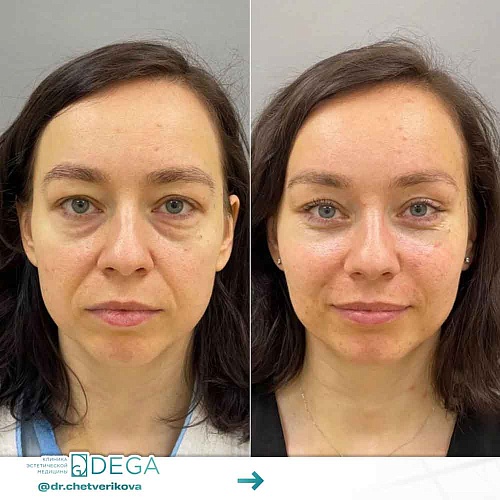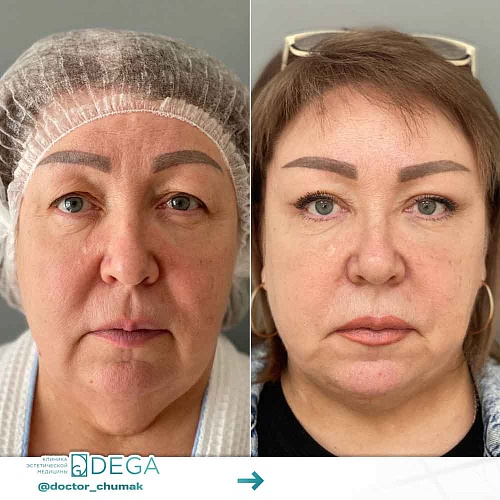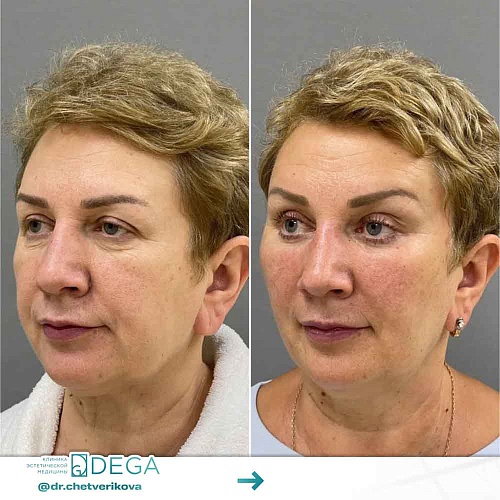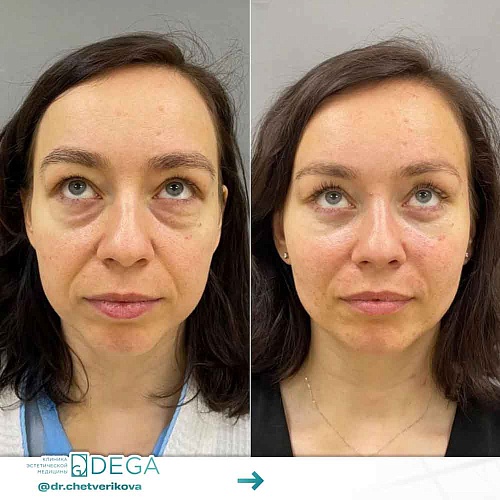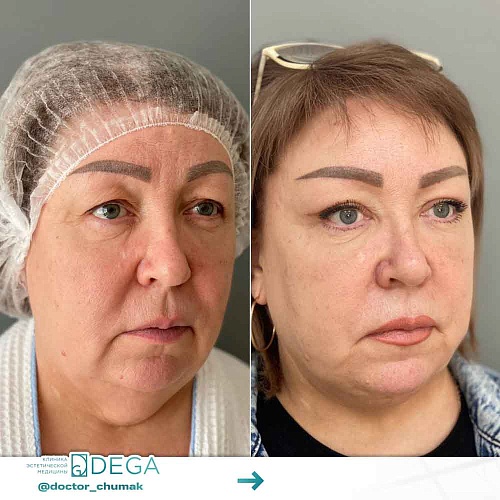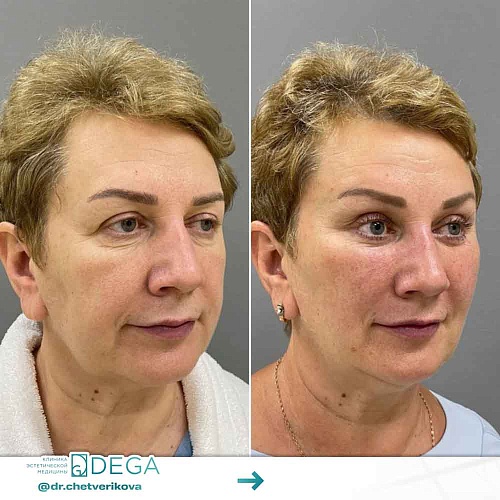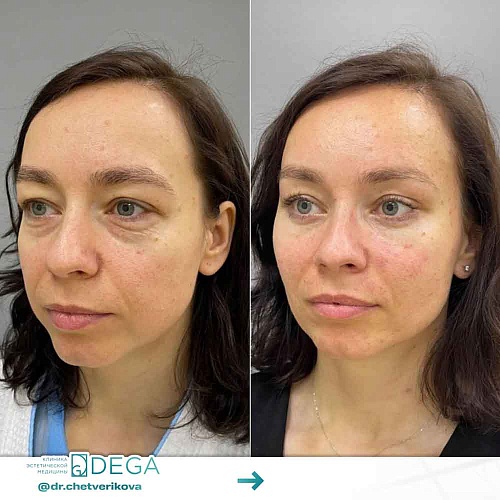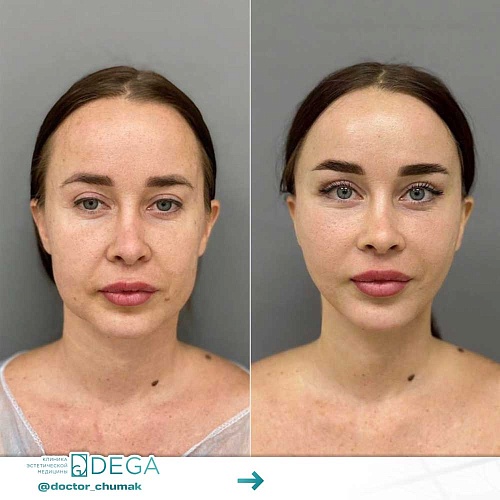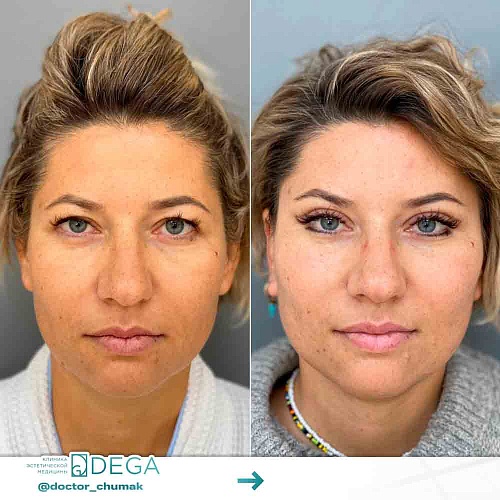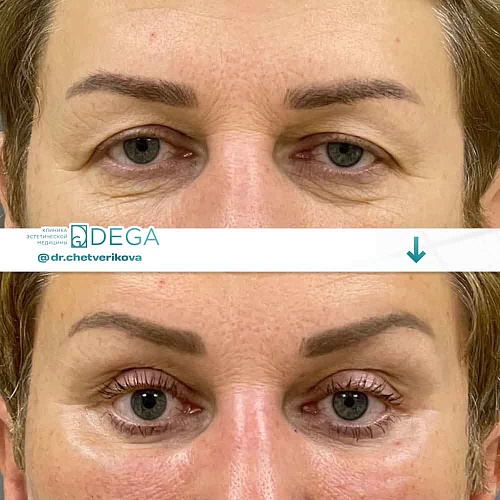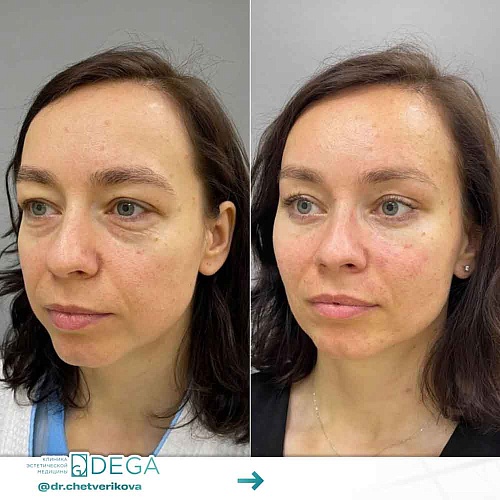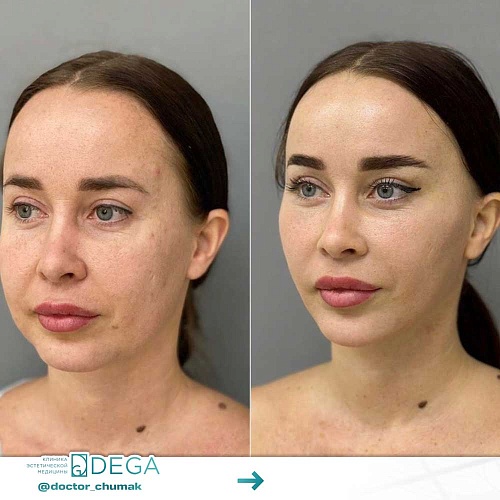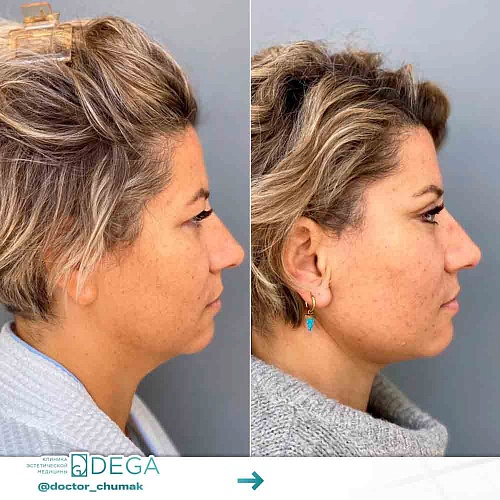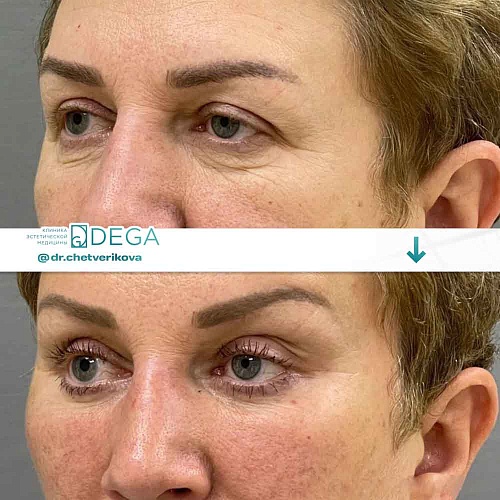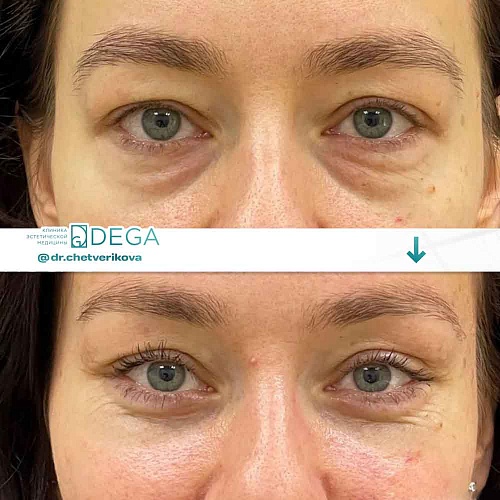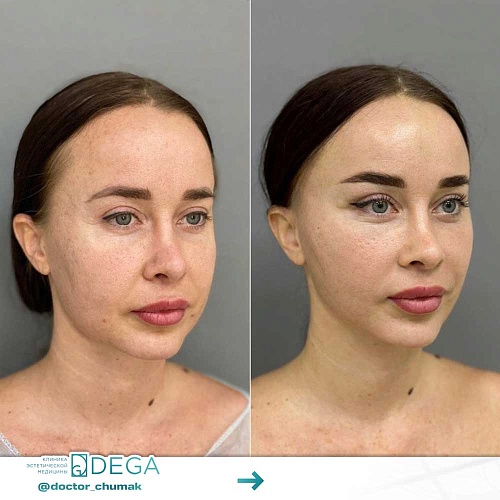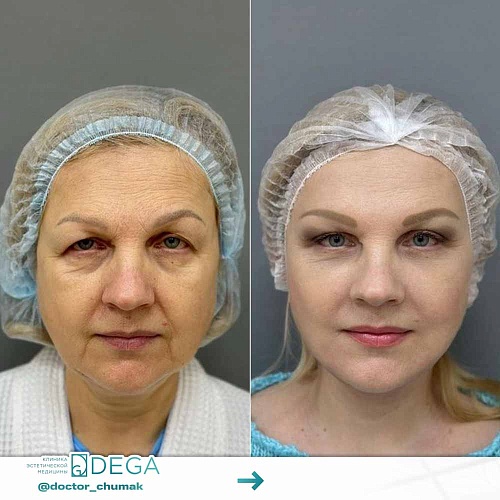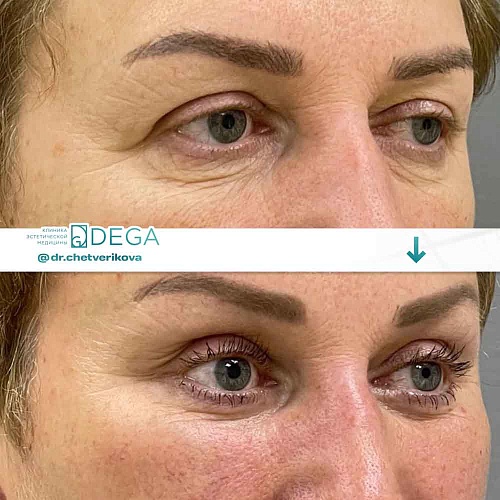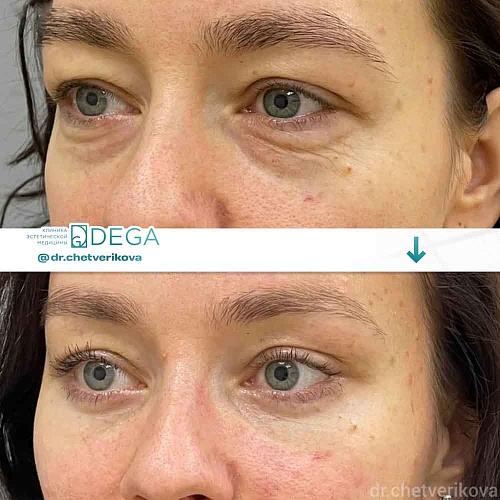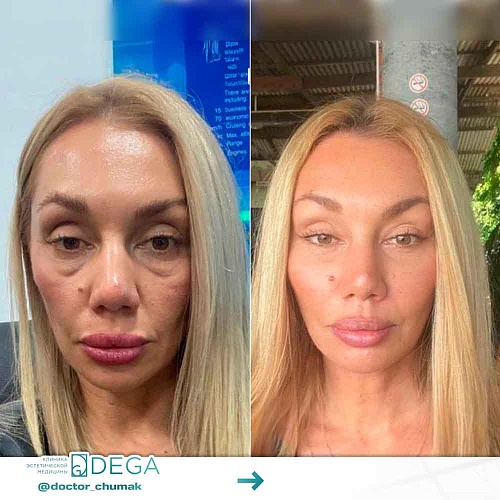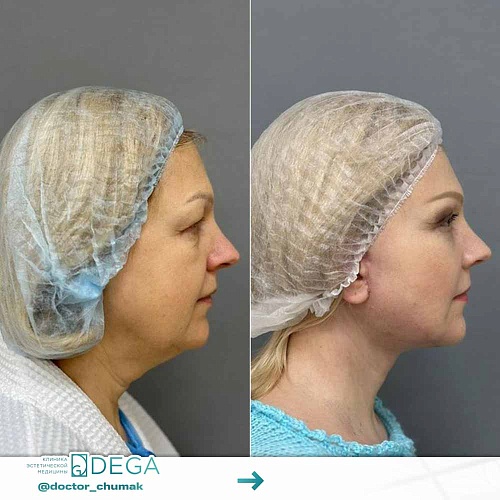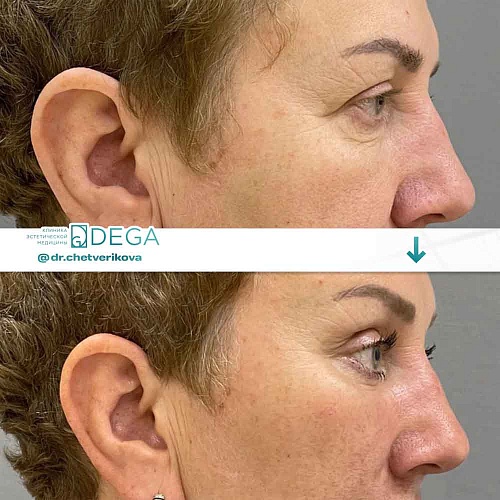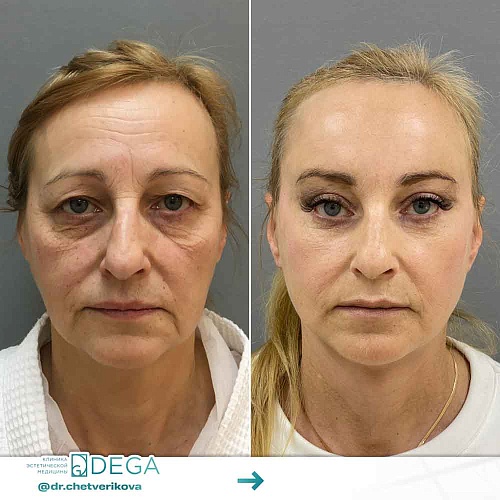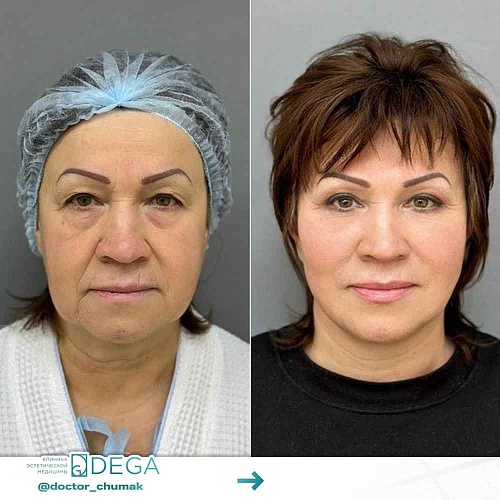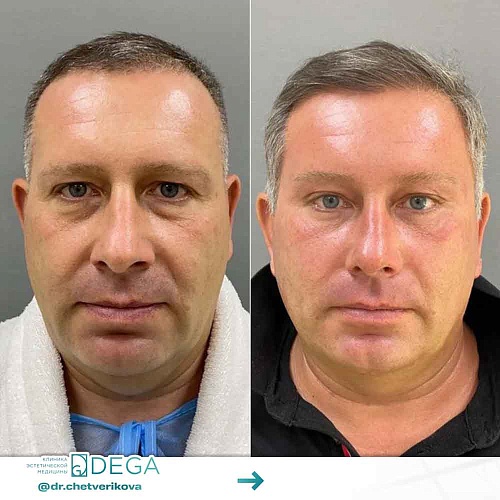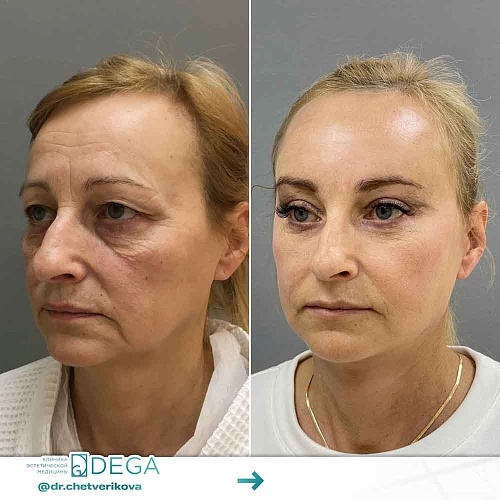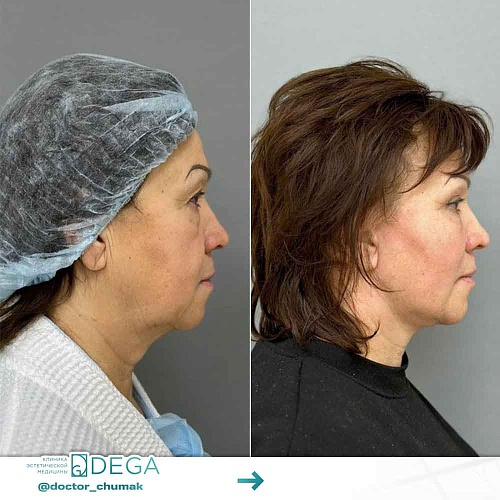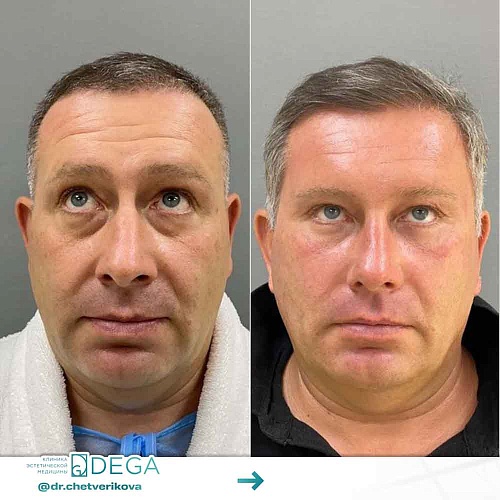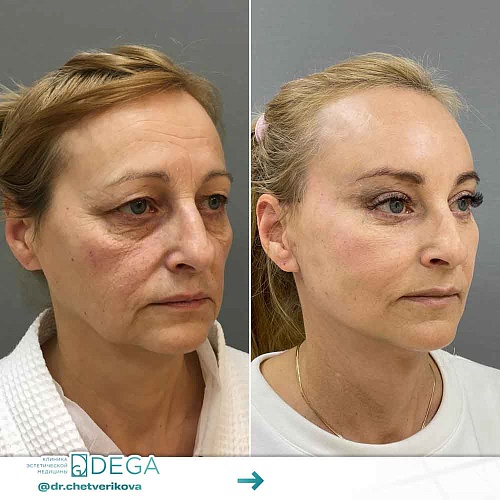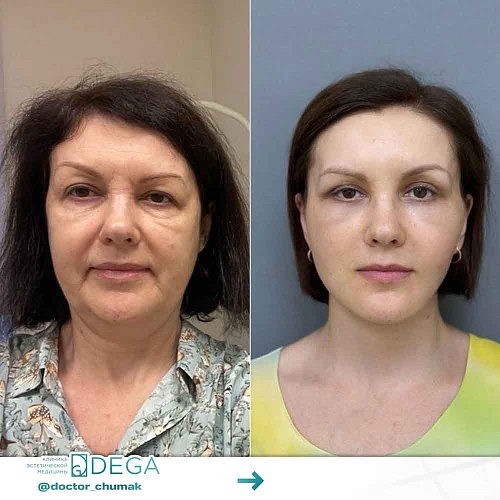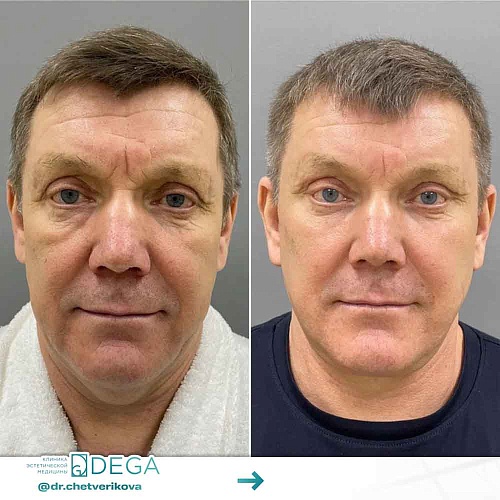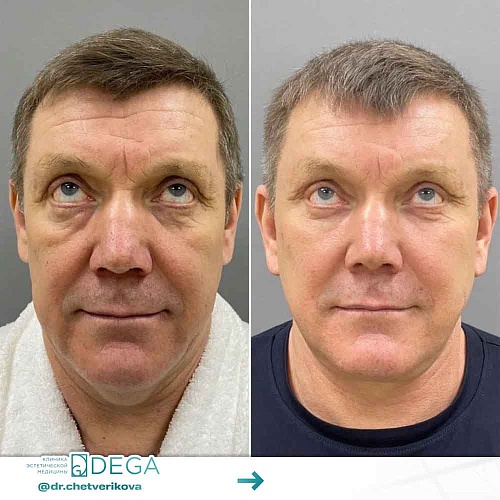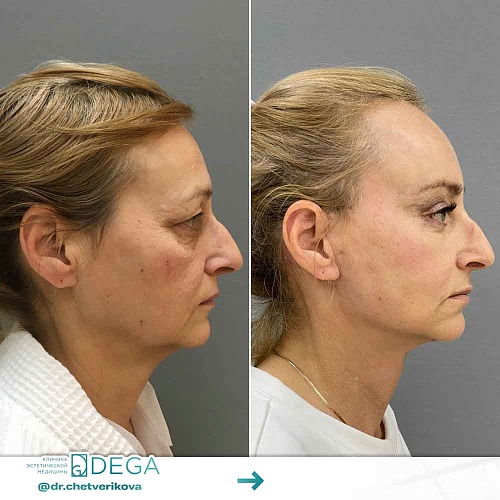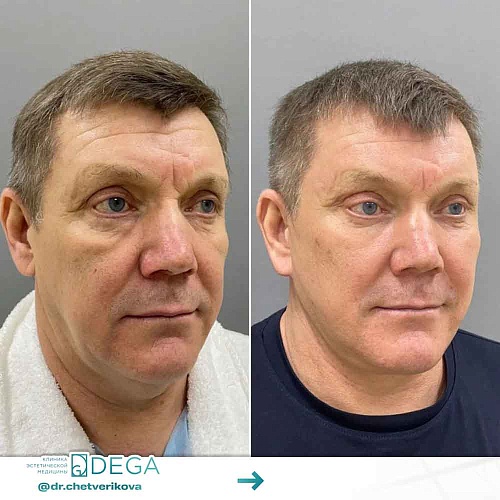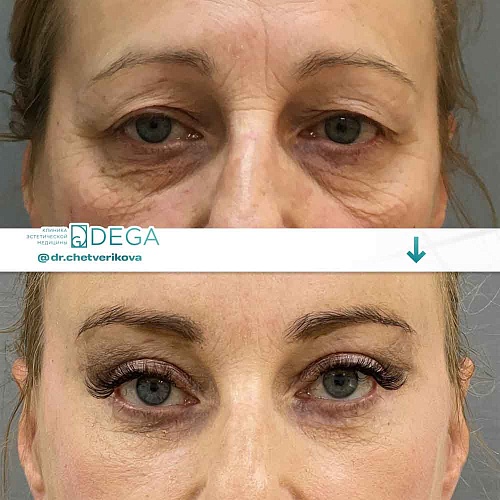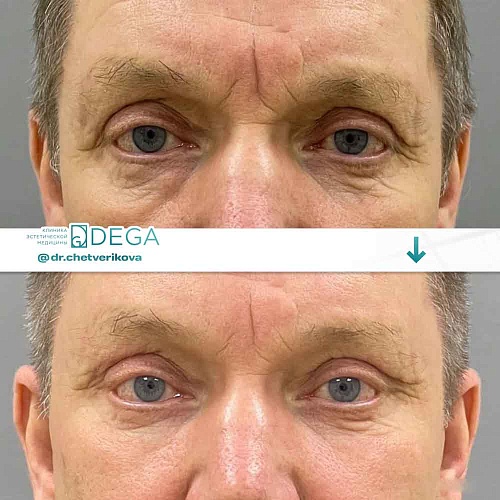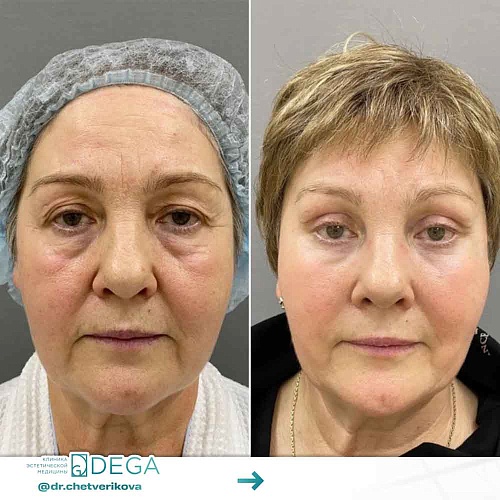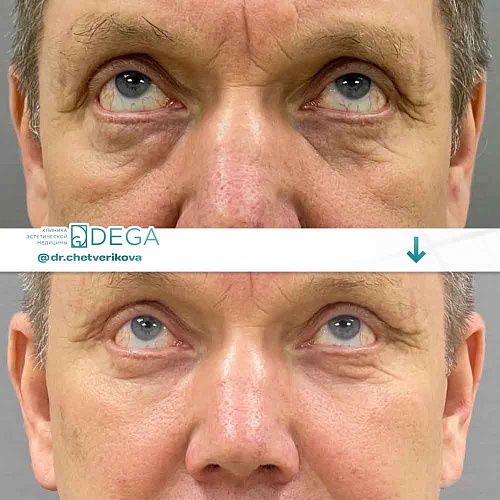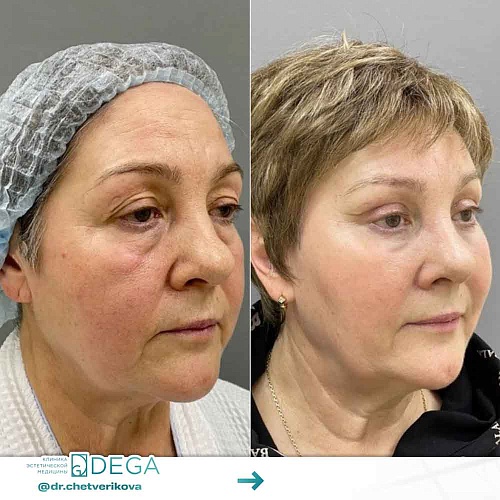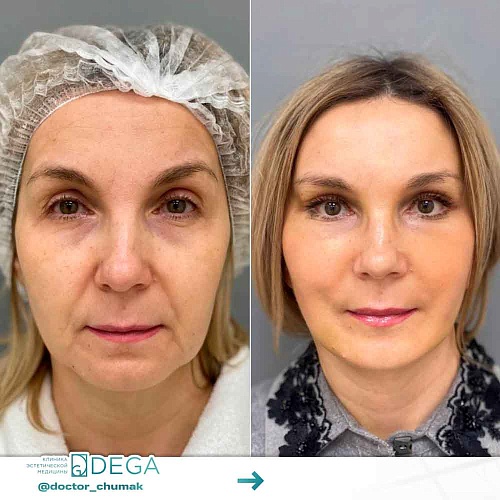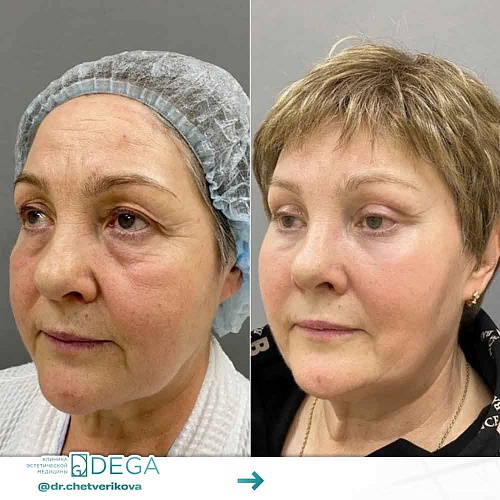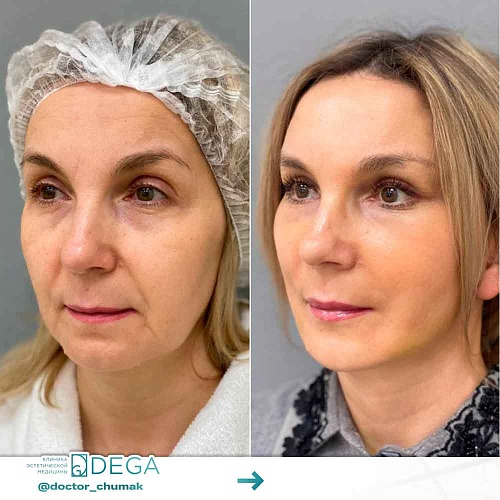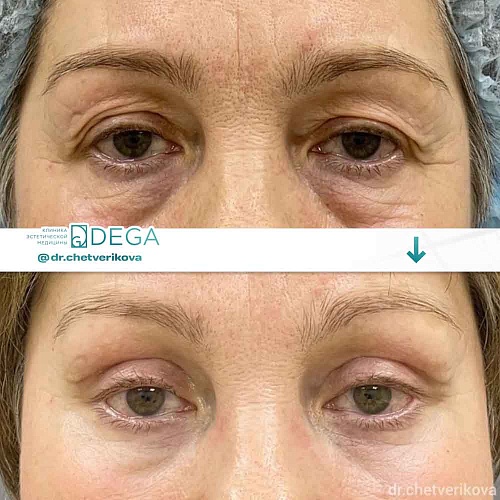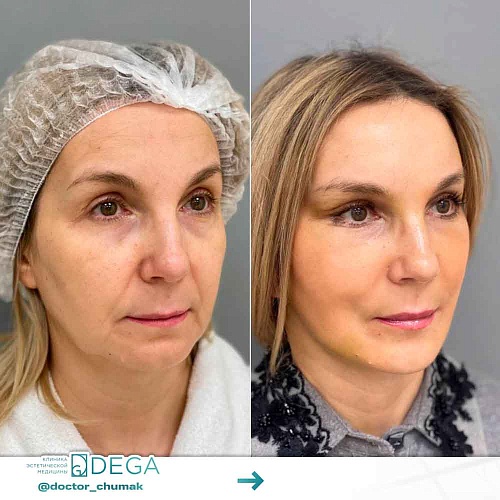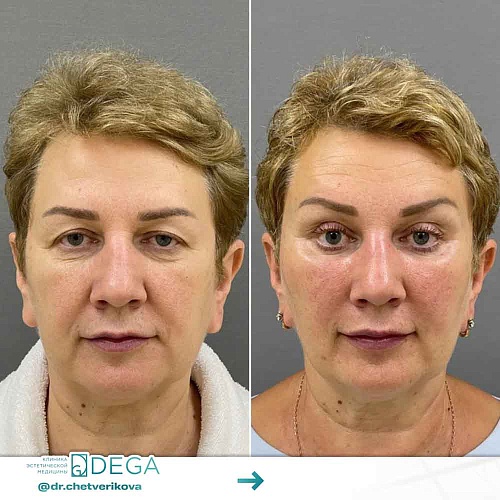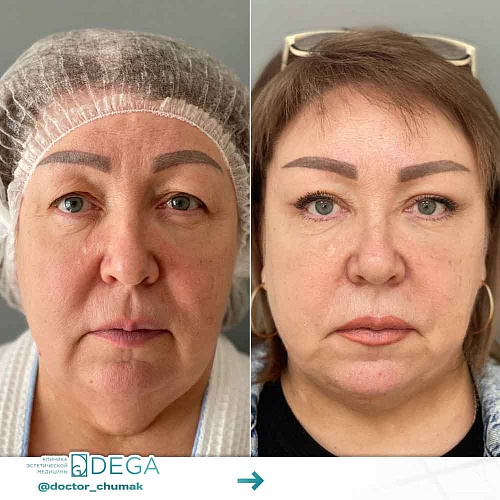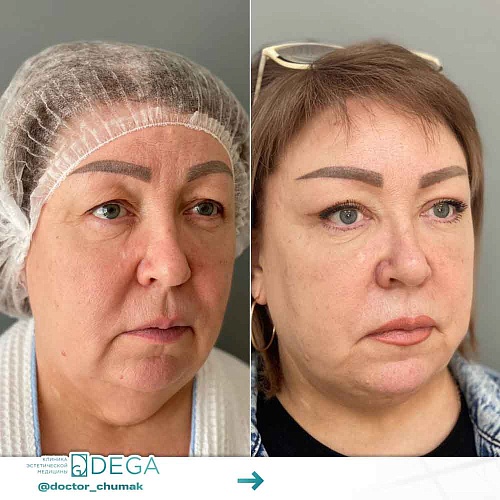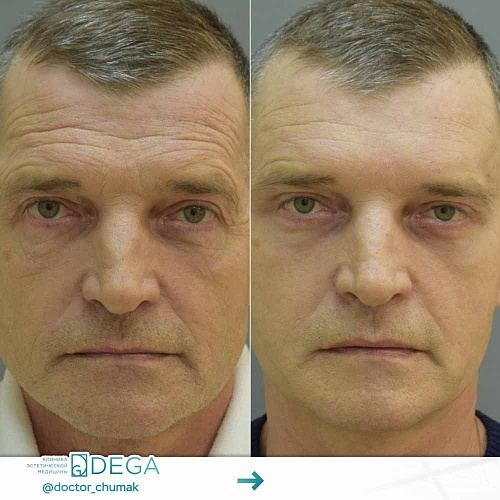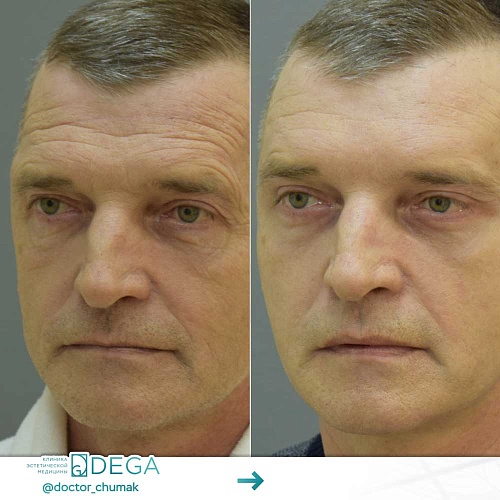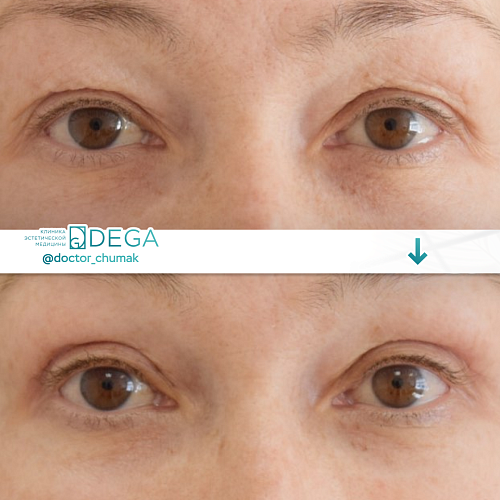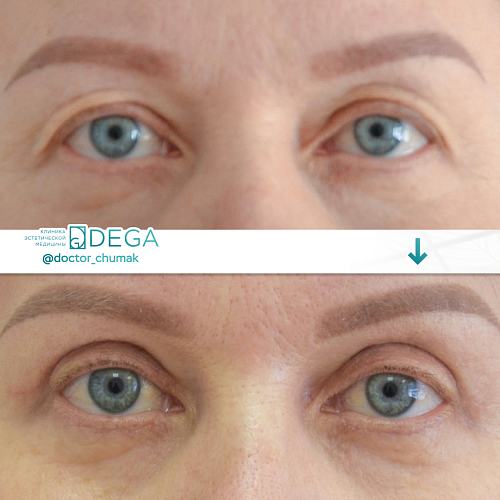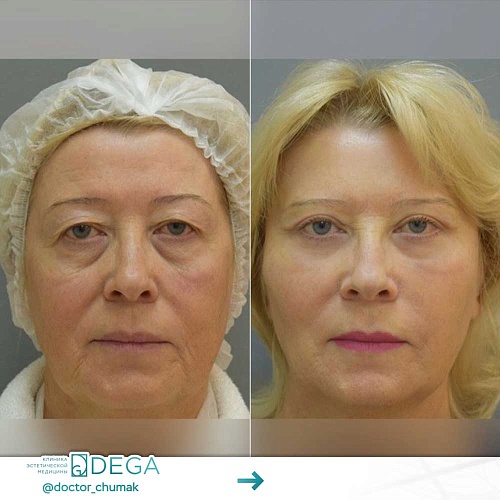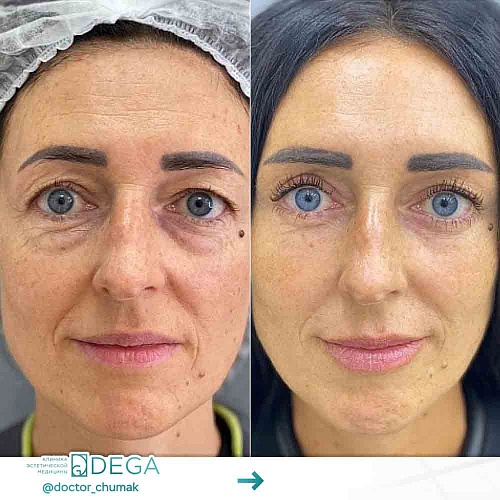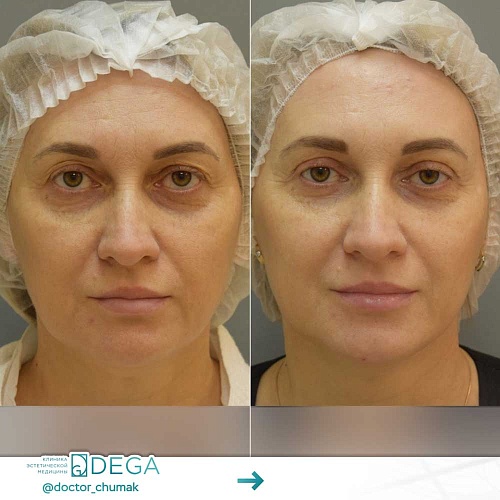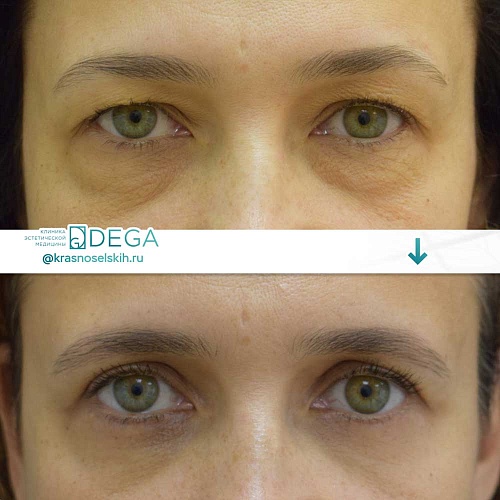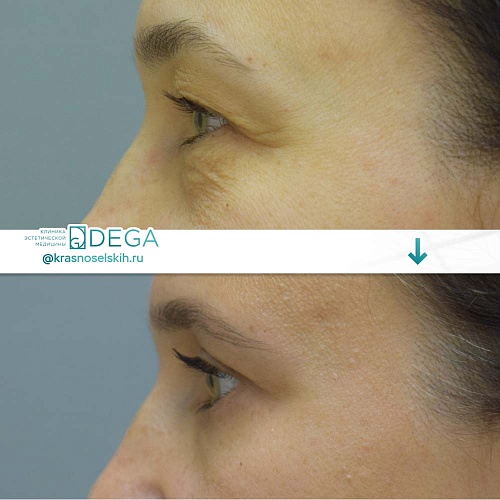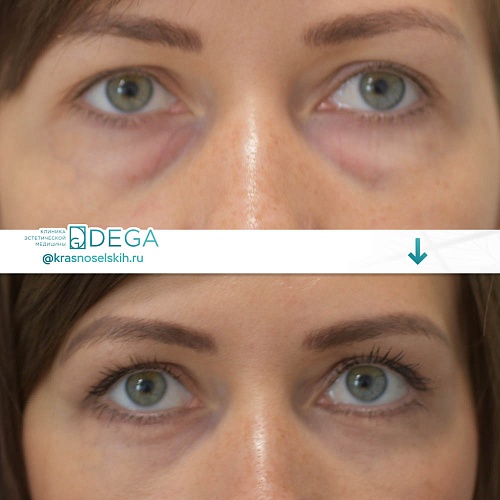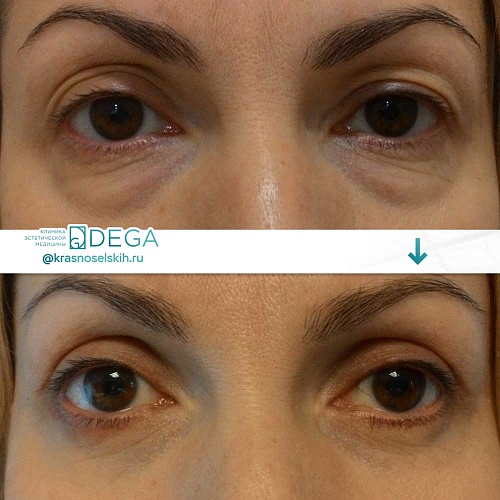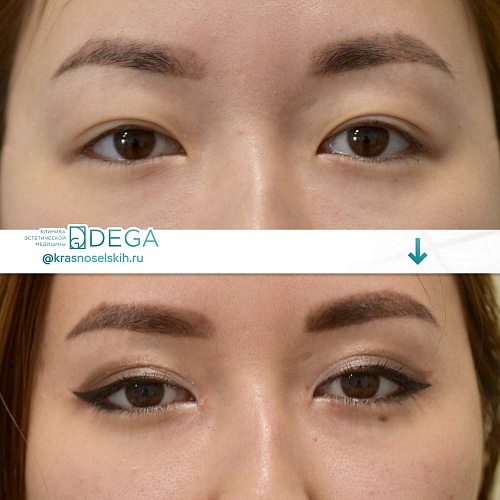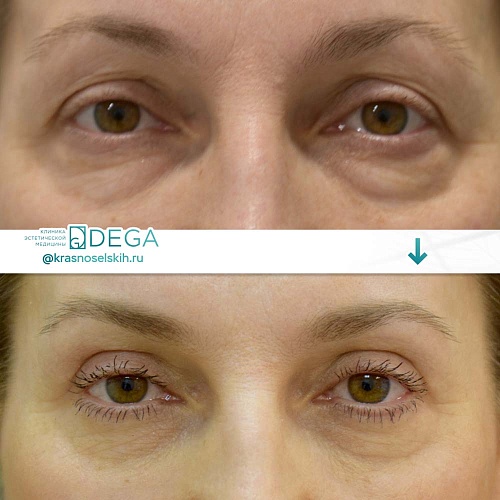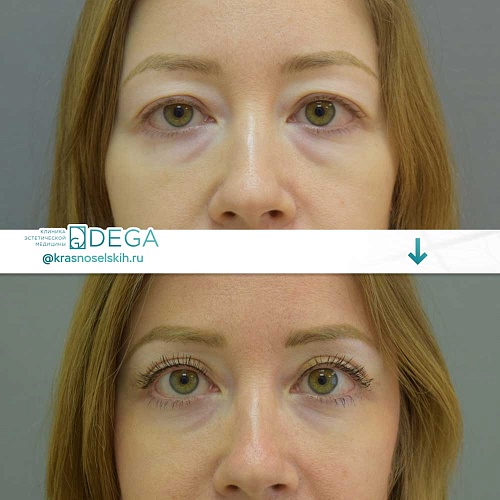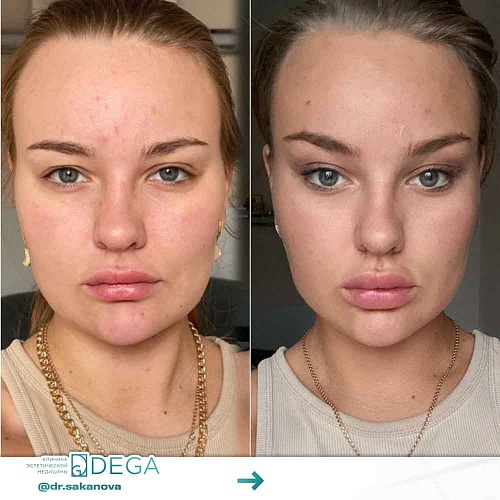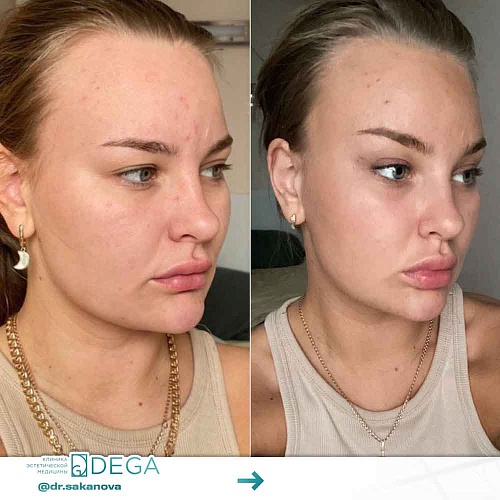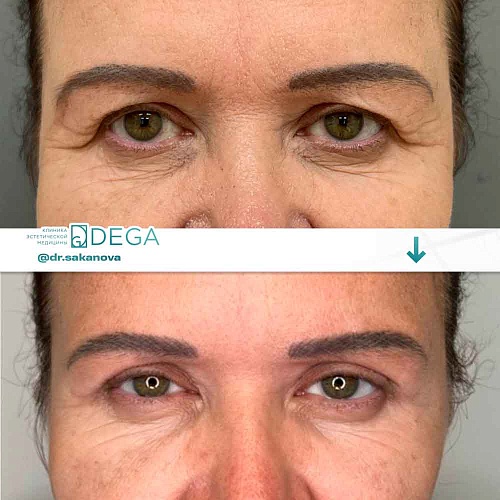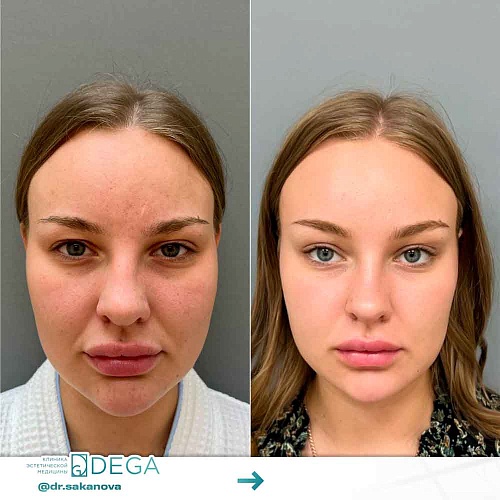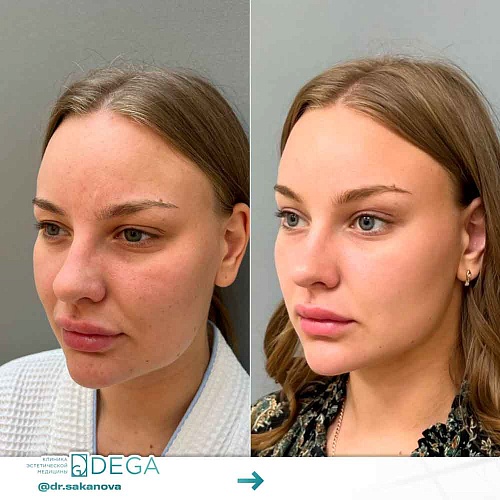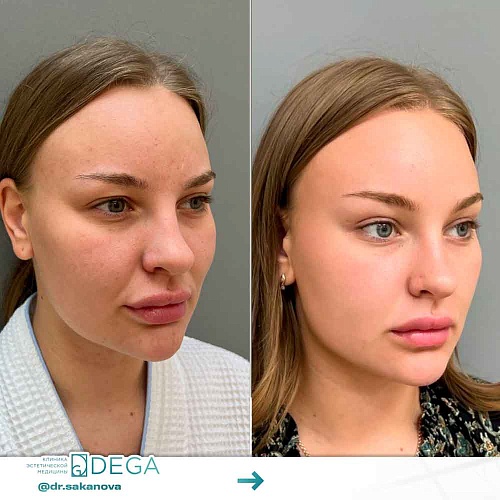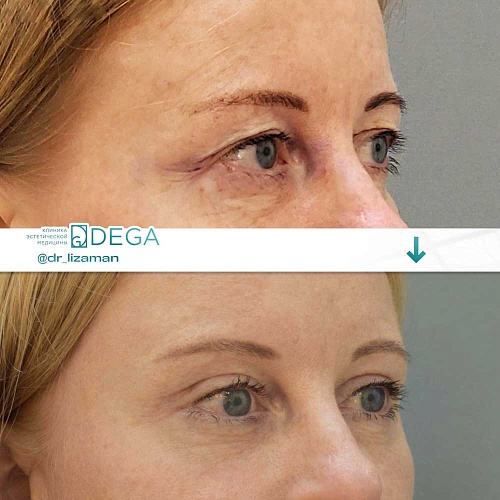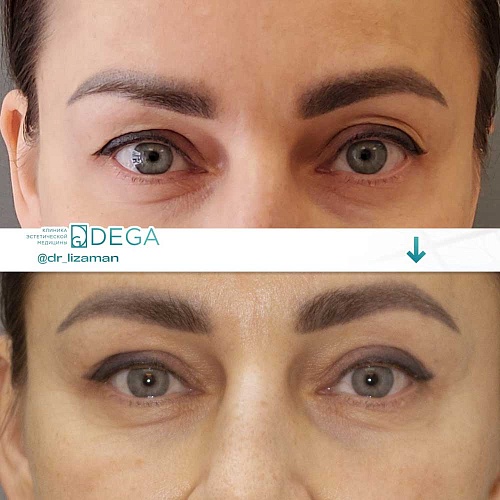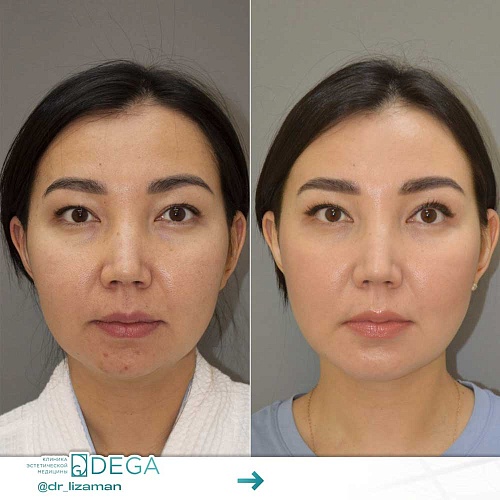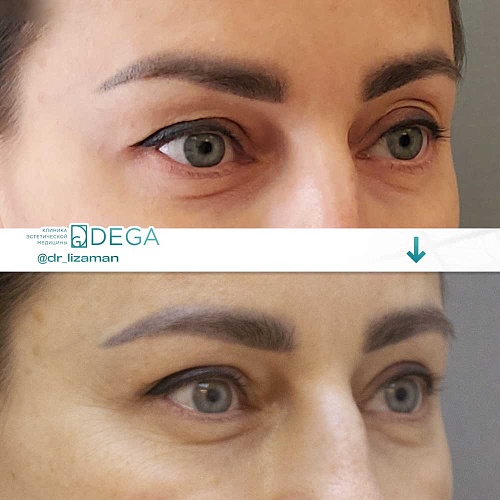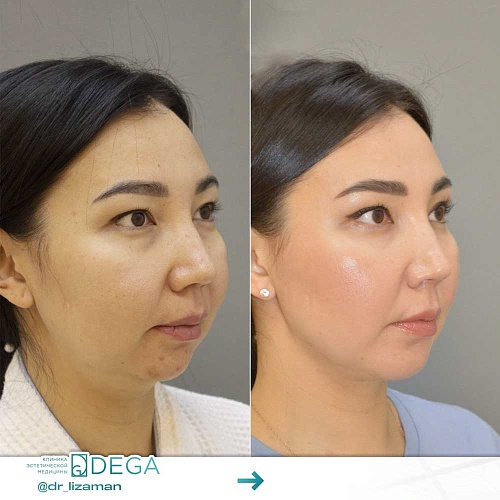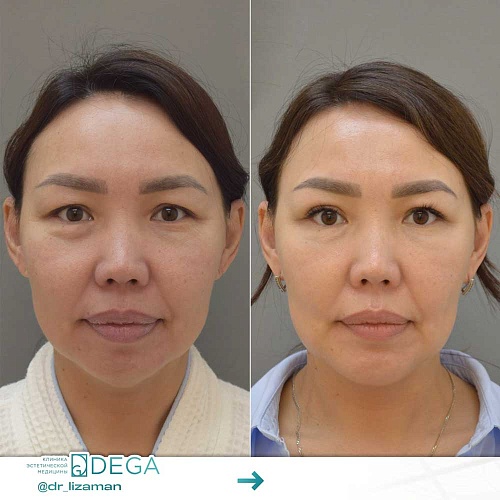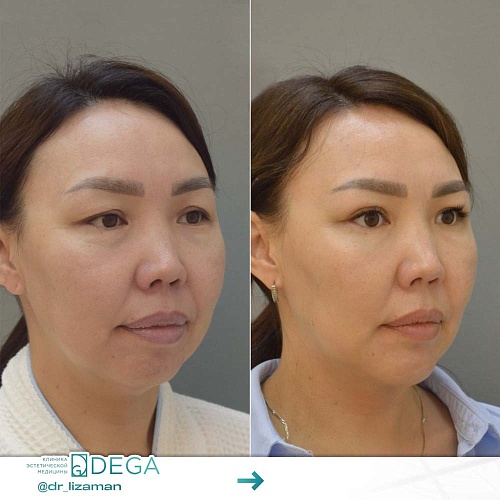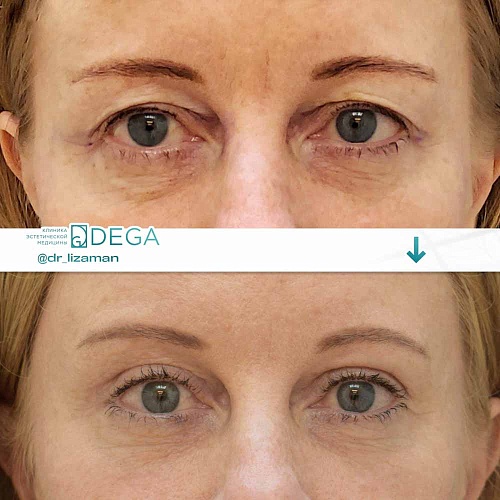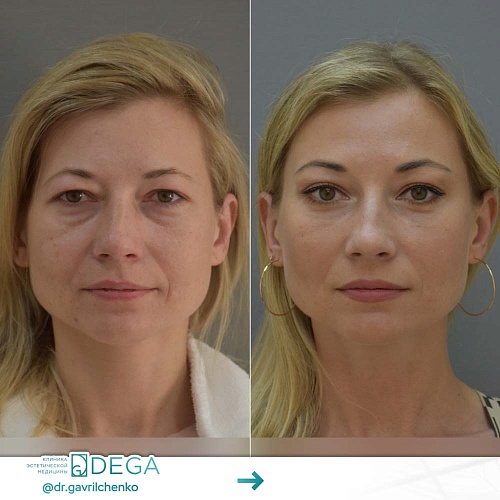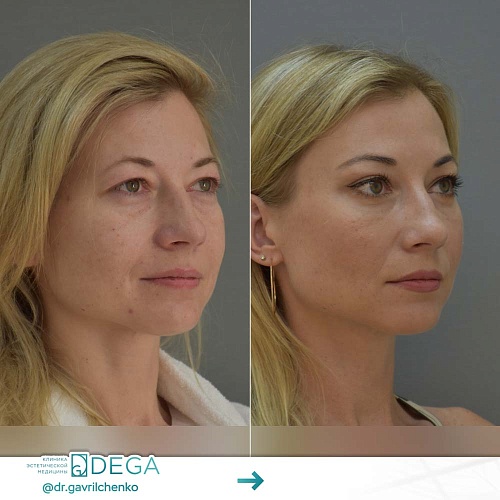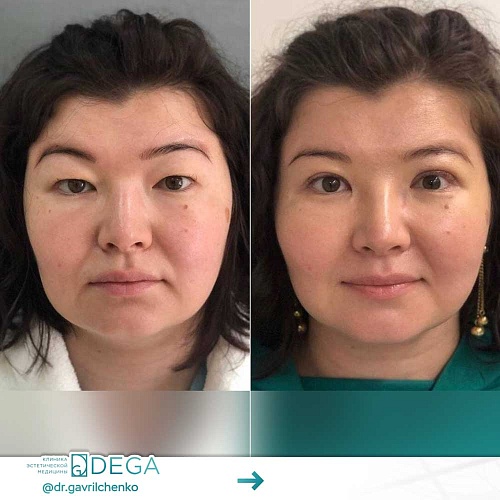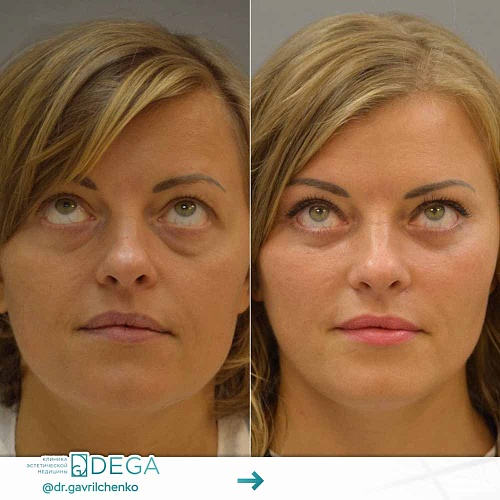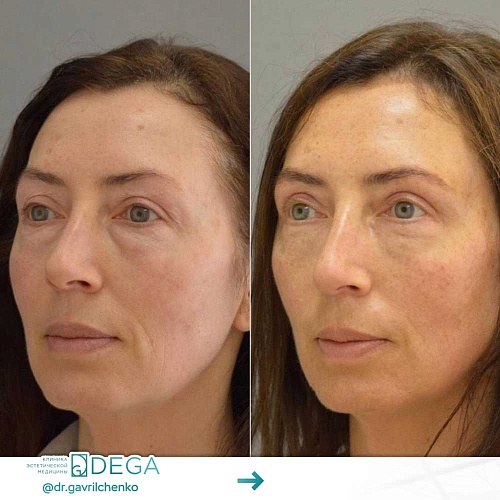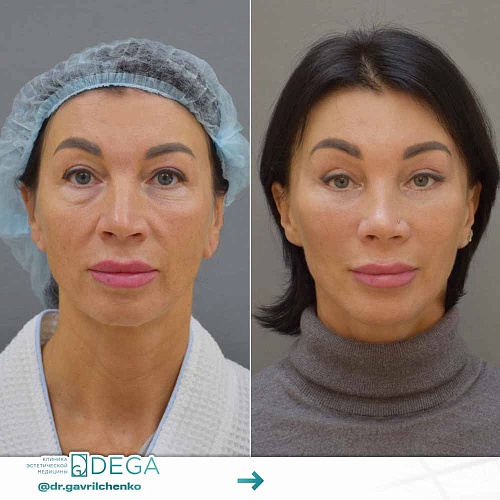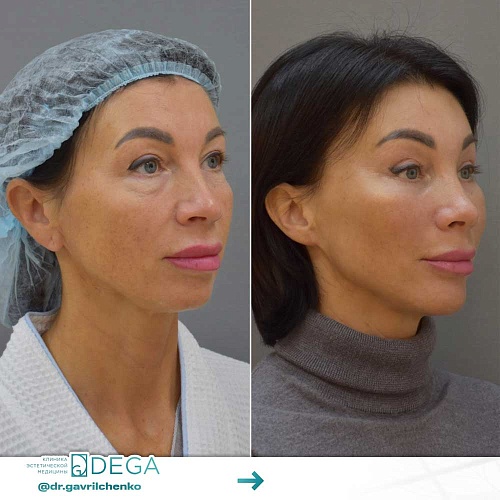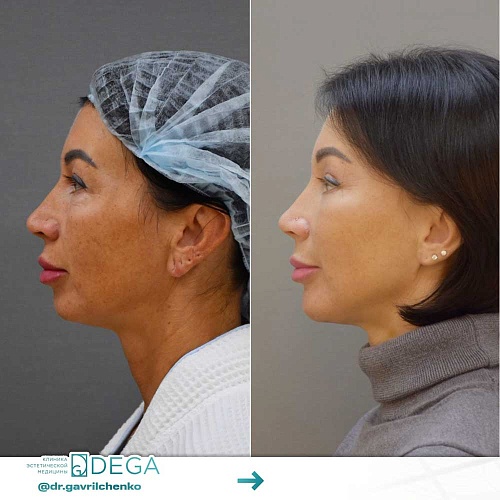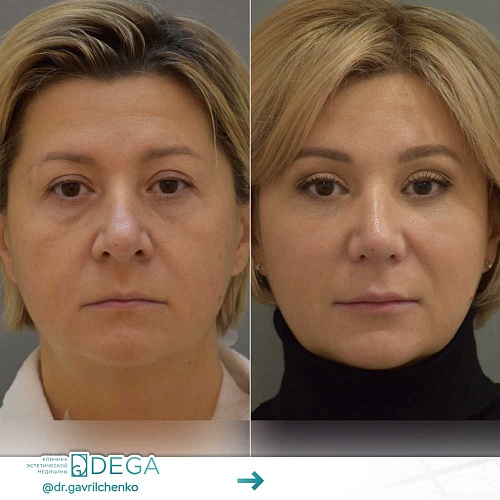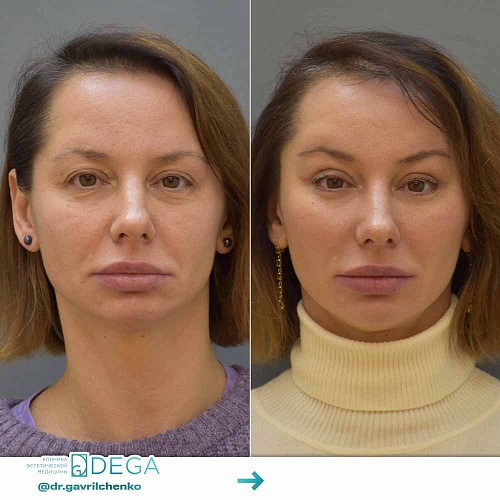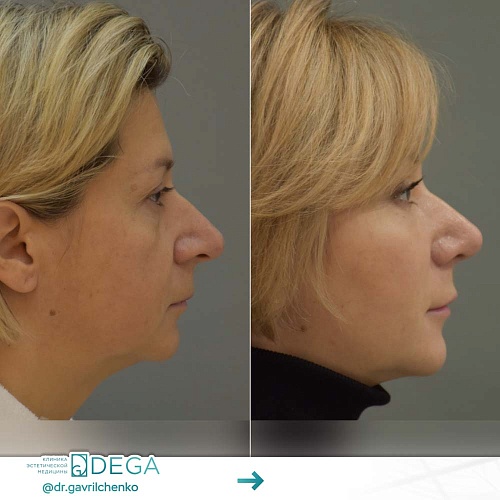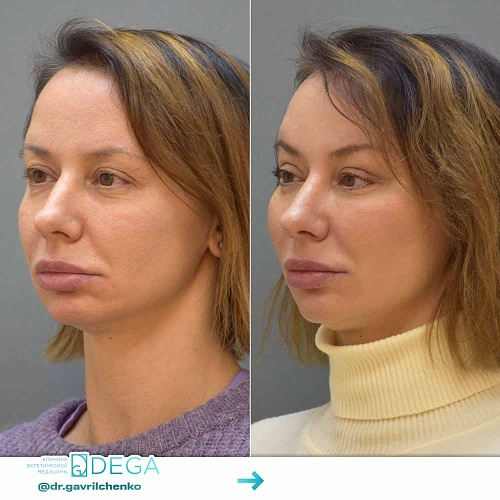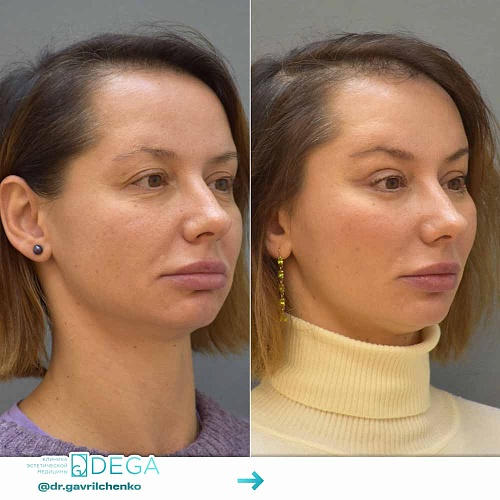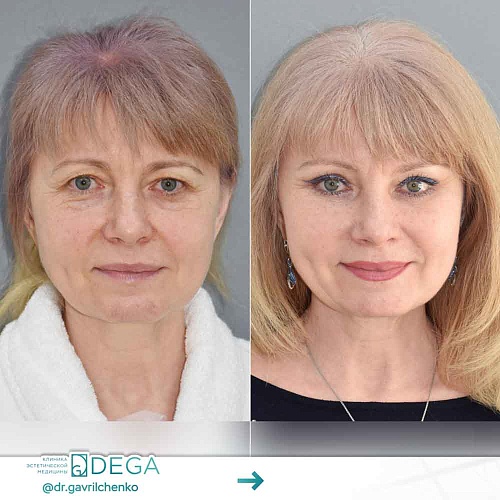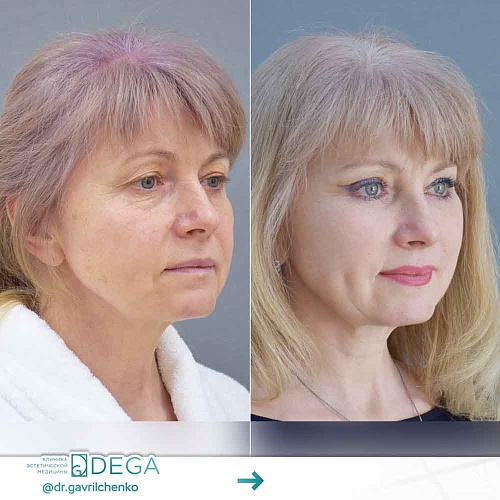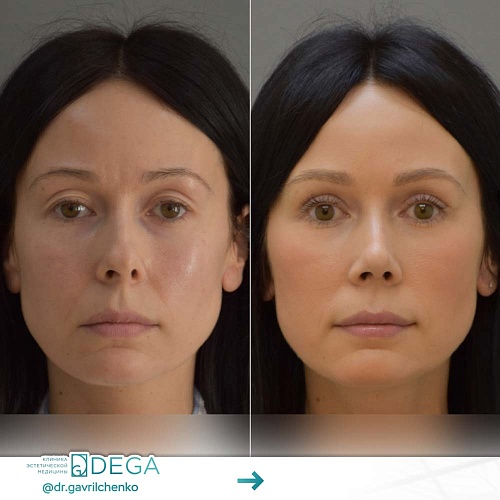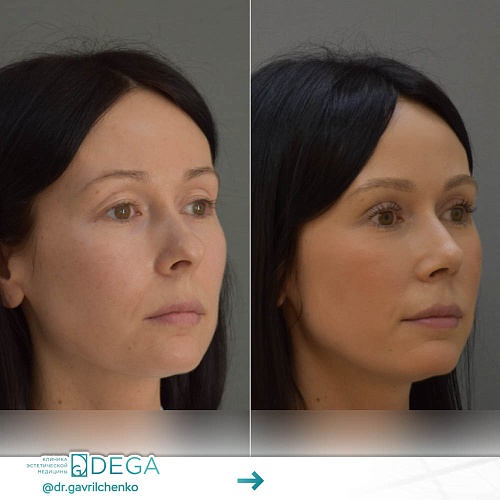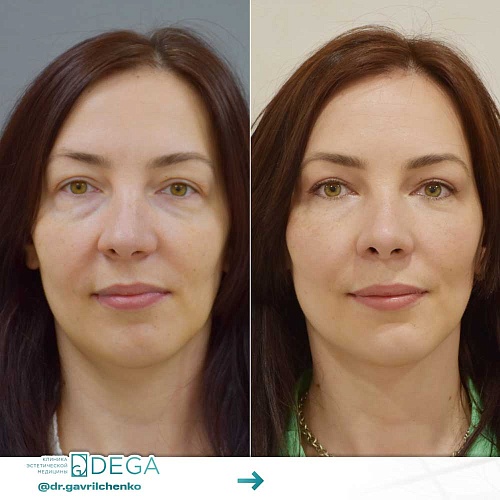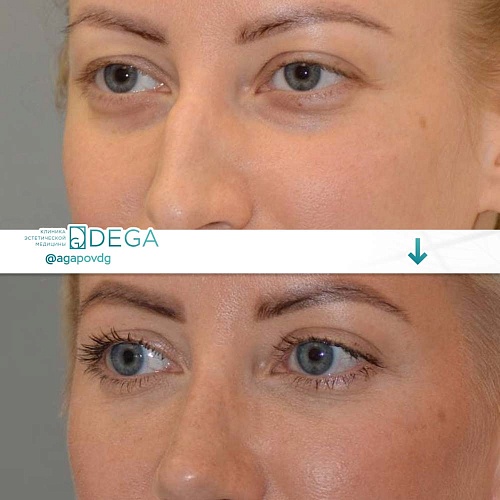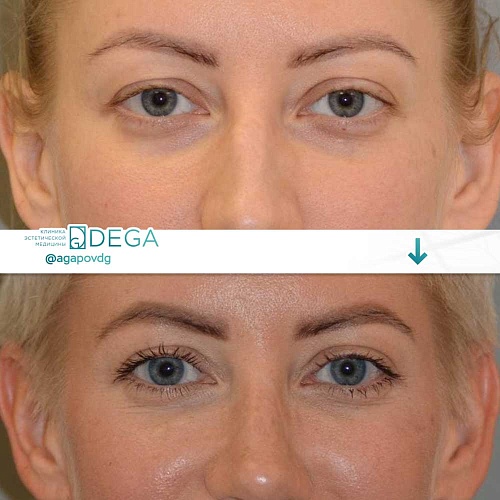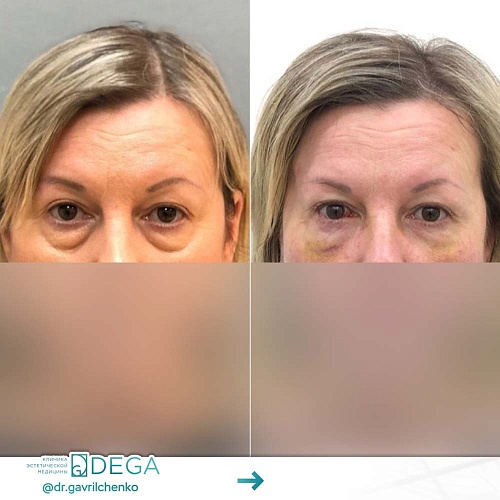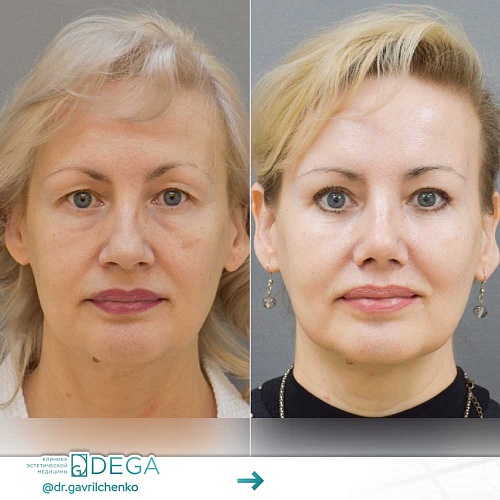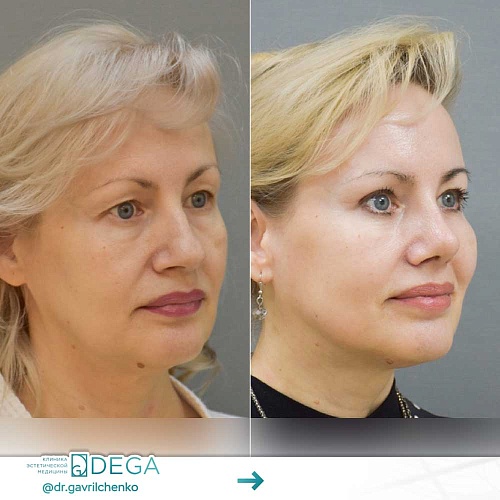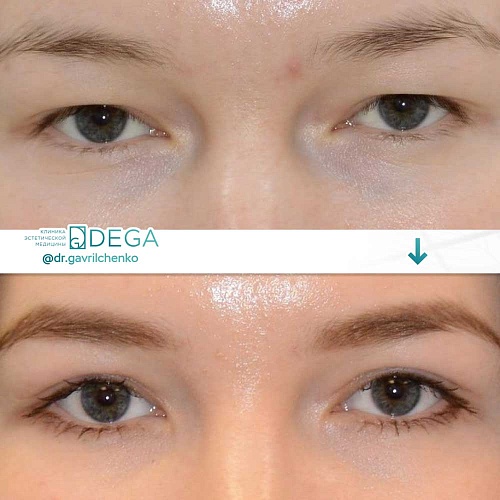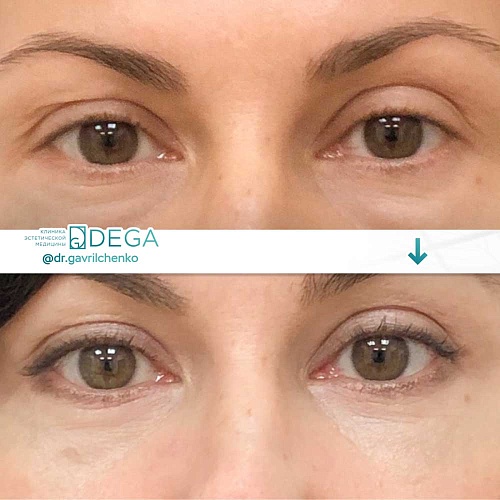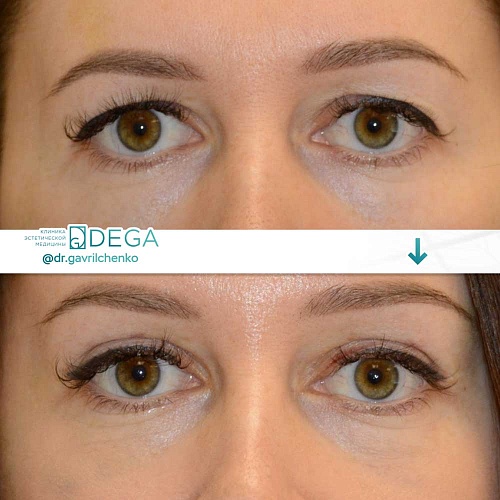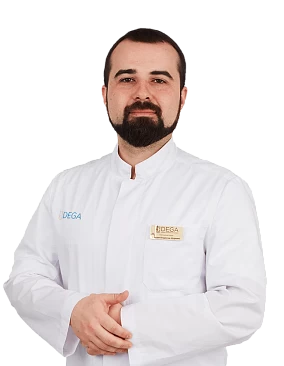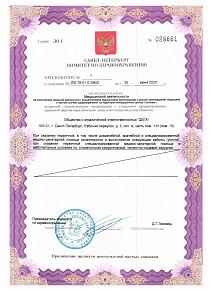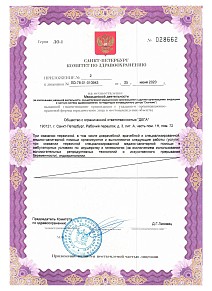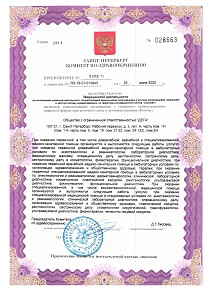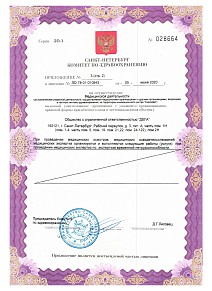The skin around the eyes is the first to show its age. It is the thinnest, most sensitive and the process of aging begins before all other parts of the face. Around 35-45 years of age, swelling of the skin under the eyes becomes more frequent, bags form, wrinkles appear deep enough, the corners of the eyes gradually fall, making the face look tired.
A special procedure, blepharoplasty, can help you maintain your beauty. In the course of this intervention, the plastic surgeon performs an eyelid lift, changes the incision, eye shape, removes excess stretched skin and underlying fatty tissue in the upper and (or) lower eyelids, performs canthoplasty or canthopexy. As a result, after complete rehabilitation, age-related changes are eliminated, the eye looks younger and more open, the eyes are more expressive, and traces of fatigue in the face are eliminated.
TYPES OF PROCEDURE
Depending on the wishes of the patient and the goals of the plastic surgeon, he can choose different methods of blepharoplasty. For all types of interventions, the specialist makes incisions with a scalpel to perform the plasty followed by cosmetic sutures. After healing, there are no marks, no scars, and the eyes look natural.
The following types of plastics are possible:
Subiliary plasty (in the area of the lower eyelid) is the removal of fatty bags that form under the eyes, excision of excess stretched skin. The desired effect is achieved by redistributing the fatty tissues.
A circular blepharoplasty (tissue around the eyes) requires the plastic surgeon's skill and experience, and takes up to three hours. In one operation the plastic surgeon solves almost all problems in the eyelid area.
Transconjunctival blepharoplasty is a procedure that is performed through small punctures in the mucosa on the inner side of the lower eyelid. It does not leave any scars and does not require sutures.
Anchor blepharoplasty is aimed at changing the position of the skin fold of the eyelid. It removes excess skin as well as fatty tissue and muscles in the upper eyelid area. The plastic surgeon determines the amount of tissue that must be removed for the eyelids to close normally.
In some cases, the operation is combined with other methods of intervention - endoscopic forehead lift, correction of the brow, cheeks or cheekbones to achieve the most optimal result.
DESCRIPTION
In our clinic blepharoplasty is performed in case of certain indications. They are divided into two big groups - aesthetic (to improve the appearance) and medical (to eliminate certain ophthalmologic pathologies). Among the aesthetic indications are:
- overhanging excess skin in the area of the upper eyelid;
- formation of hernias in the area of the lower eyelids (they are called bags under the eyes);
- drooping of the outer corners of the eyes (tired, sad look);
- asymmetry of the eye slits (the size of the eyes are visually different);
- excessive stretching in the area of the circular muscle of the eye;
- Atrophic skin processes, which cause fine folds to form on the eyelids;
- Mongolian fold (epicanthus) - excess skin in the inner corner of the eye;
- the need to change the cut of the eyes.
Among the medical indications that require reconstructive blepharoplasty are pathologies that affect the visual apparatus. These include:
- drooping, severe overhang of the upper eyelid (ptosis), limiting the field of vision;
- exophthalmus (protrusion of the eye);
- entropion - an inward curl of the eyelid, which causes the eyelashes to traumatize the mucosa of the eye;
- ectropion - evertion of the eyelid outward.
- The doctor can additionally determine the indications for intervention after the examination.
CONTRAINDICATIONS
Before performing blepharoplasty, including in combination with other types of plastic surgery, it is important to rule out a number of contraindications. These include:
- any acute infections, respiratory diseases, fever;
- inflammatory processes in the eyelids and mucous membranes of the eyes;
- pregnancy period, breastfeeding;
- dry eye syndrome;
- hypertension;
- diabetes mellitus of any type;
- Various disorders of the clotting system;
- myopathies.
The doctor may additionally determine contraindications to surgery in each individual case.
PREPARATION
If a patient is planning to undergo blepharoplasty, the doctors at our clinic will determine the amount of preliminary preparation. If the procedure is performed under local anesthesia, no special preparation is required, you must exclude only inflammatory processes and allergies to anesthetics, and undergo a number of standard tests. If there are any stress reactions or intolerance to local anesthesia, general anesthesia (endotracheal) is used. In this case, you need to undergo a number of tests (the list will give the doctor), ECG and X-ray, to discuss all the nuances with the anesthesiologist.
On the day of surgery when performed with local anesthesia in the clinic come on an empty stomach, do not apply makeup and any other substances on the face.
If general anesthesia is planned, it is important not to eat for at least 8 hours before surgery. If the patient is not hospitalized in advance, he arrives at the appointed time strictly on an empty stomach, no eating or drinking in the morning.
OPERATION EXECUTION
The operation is carried out sequentially. The surgeon preliminarily marks out the eyelids in the area of the future incisions, checking how the result will look when lying or standing. All nuances are discussed with the patient, and the course of the operation is clarified. Anesthesia is then administered - local or general anesthesia. As the drugs begin to work, the doctor proceeds to the operation. Depending on the chosen access point, the incisions are made with an extremely thin scalpel, strictly according to the drawn markings. The plastic surgeon performs the necessary manipulations in the tissue area of the upper or lower eyelid, and then the wound is sutured with firm absorbable sutures. As the wound heals, the incision sites will be almost invisible.
Depending on the volume, the surgery lasts from 30 minutes to 2-3 hours. The cost of blepharoplasty depends on the type of surgery and additional manipulations.
REABILITATION
In the first 24 hours, as the anesthesia wears off, you may feel discomfort, mild soreness, and swollen eyelids. Eye sensitivity to light and lacrimation may occur, but this quickly subsides. To eliminate any discomfort, the doctor prescribes drugs of systemic or local action (gels, creams, ointments). By the 2nd-3rd day the eyelids will be heavily edematous, this will gradually pass by the end of the week after the operation. In order to reduce tissue swelling it is advisable to refrain from water-holding meals and drinks, reduce fluid intake, reduce the frequency of head and body bending, refrain from sports and straining, not straining the eyes when reading and working with a computer.
Restrictions last up to 2 weeks after surgery, you can not apply makeup until the full healing of wounds, the doctor will remove the stitches on the 7th-9th day.
SURGICAL RESULT
The results of blepharoplasty under the eyes or on the upper eyelid can be assessed about 2-3 weeks after surgery, but the final effect will be visible 3-6 months after the intervention. It lasts for up to 8-12 years.

